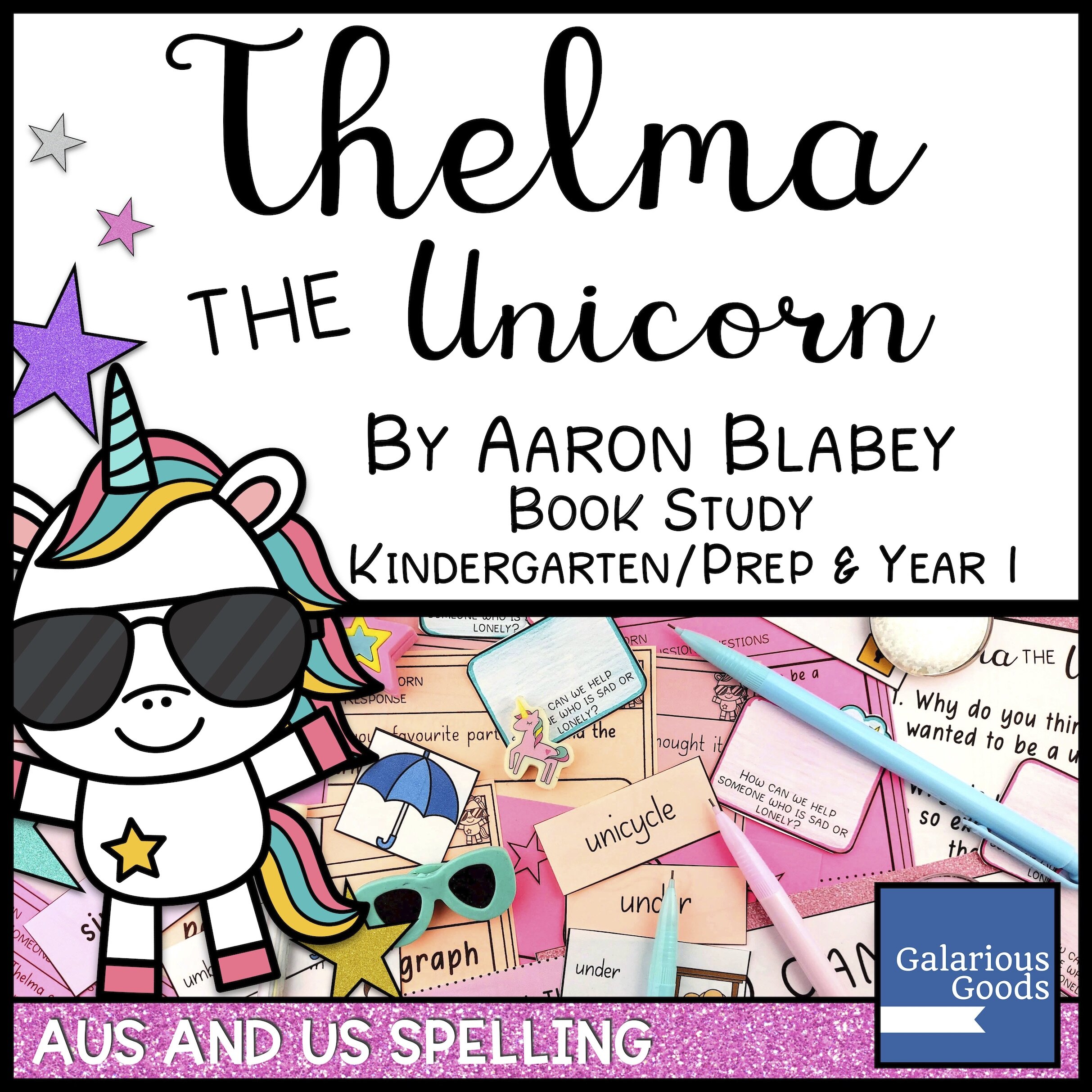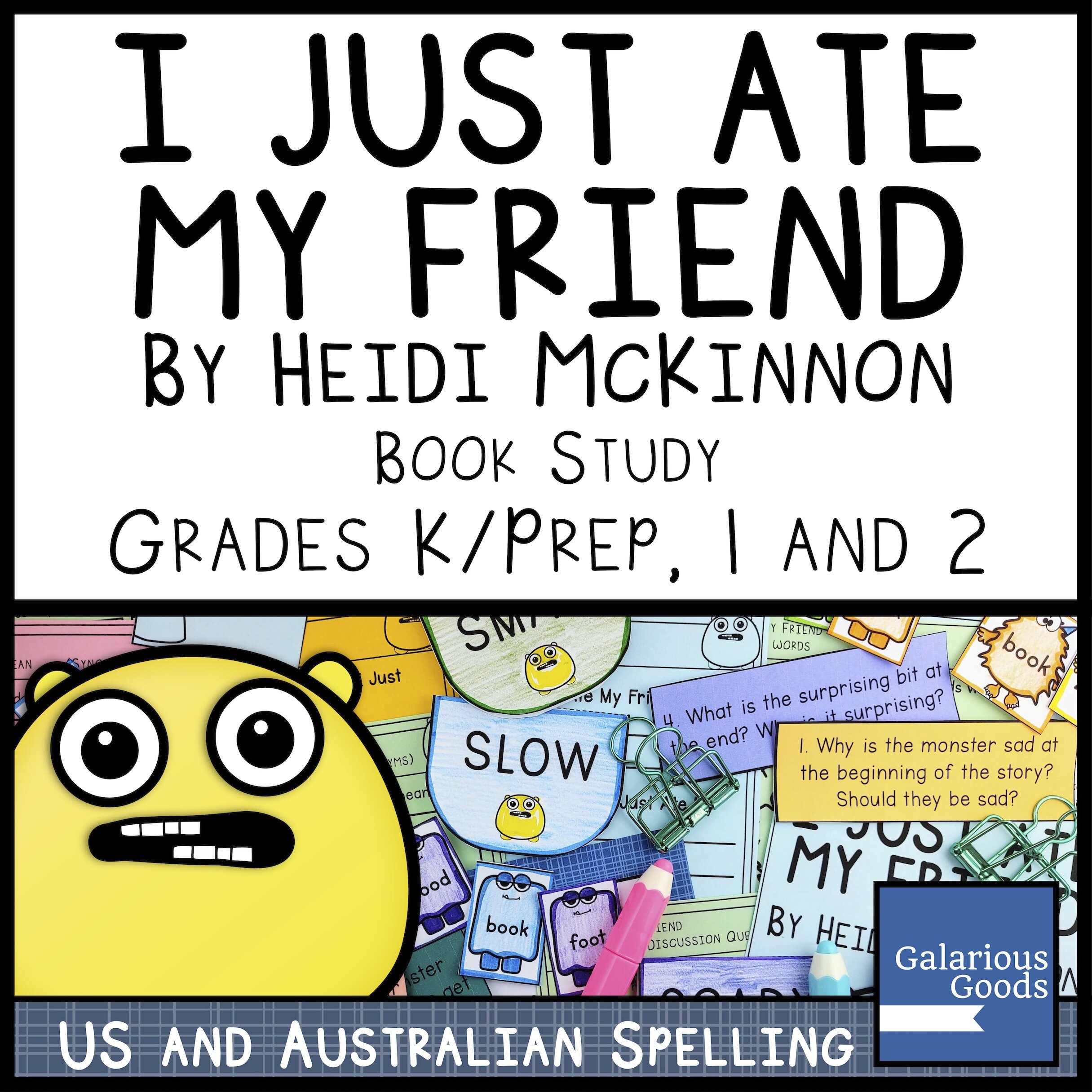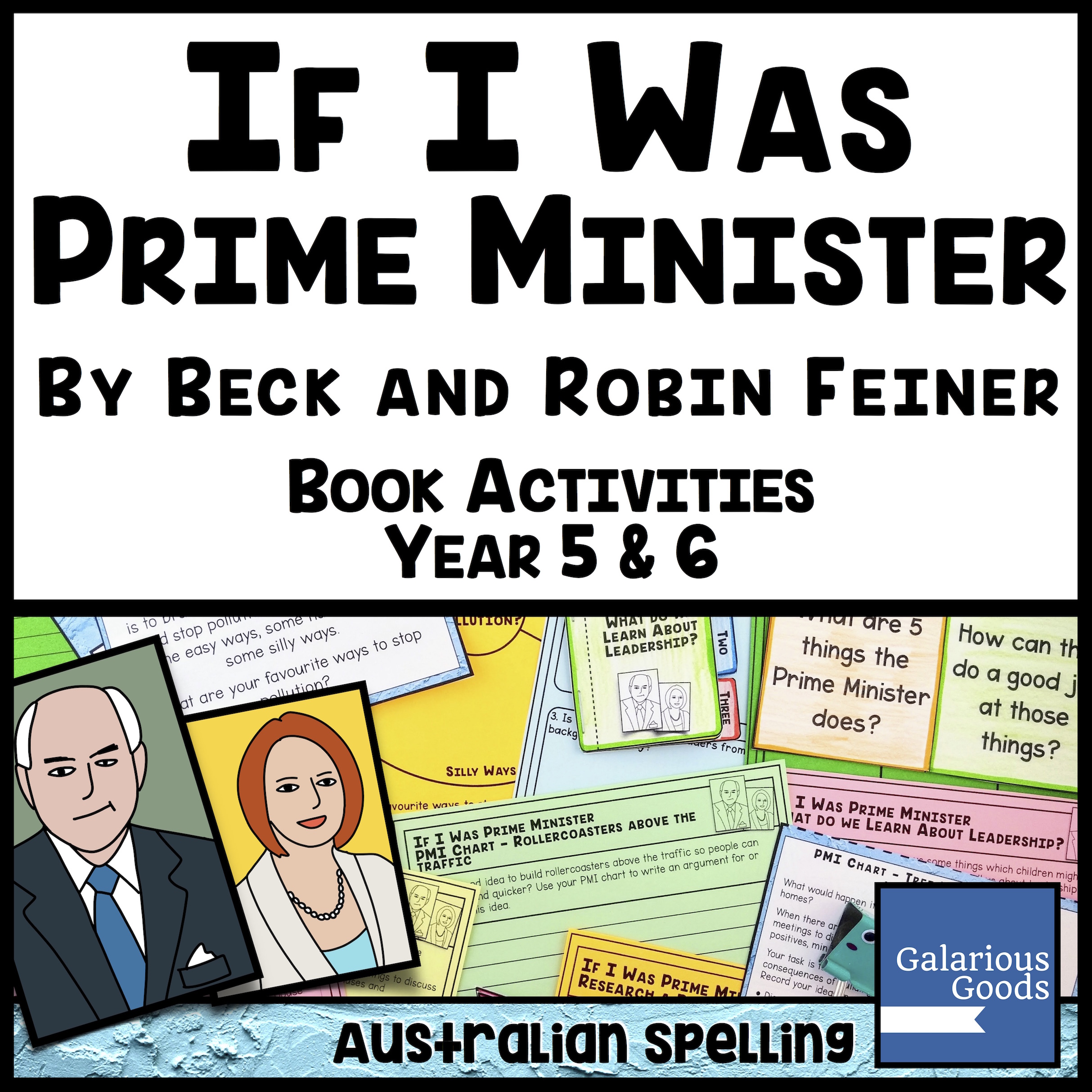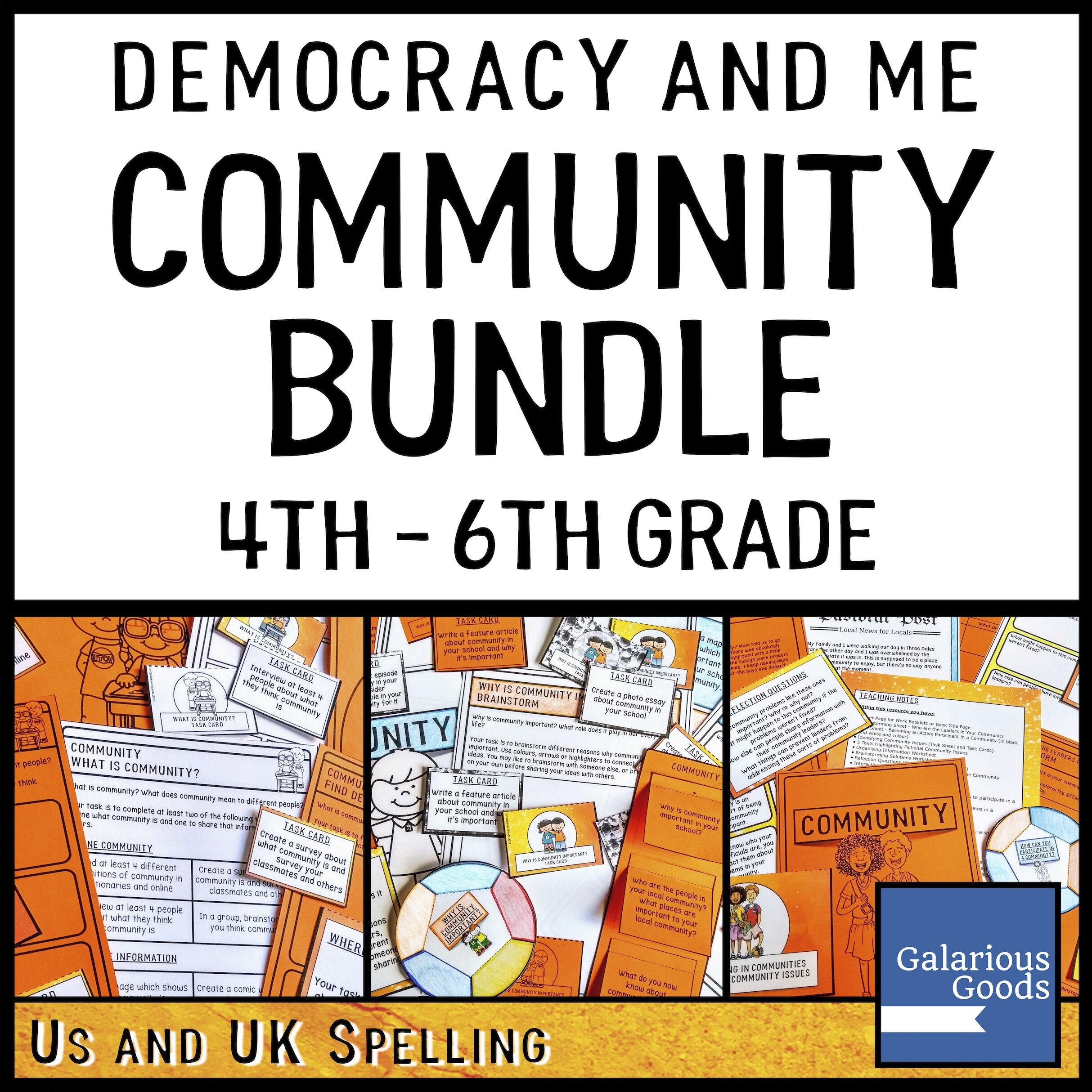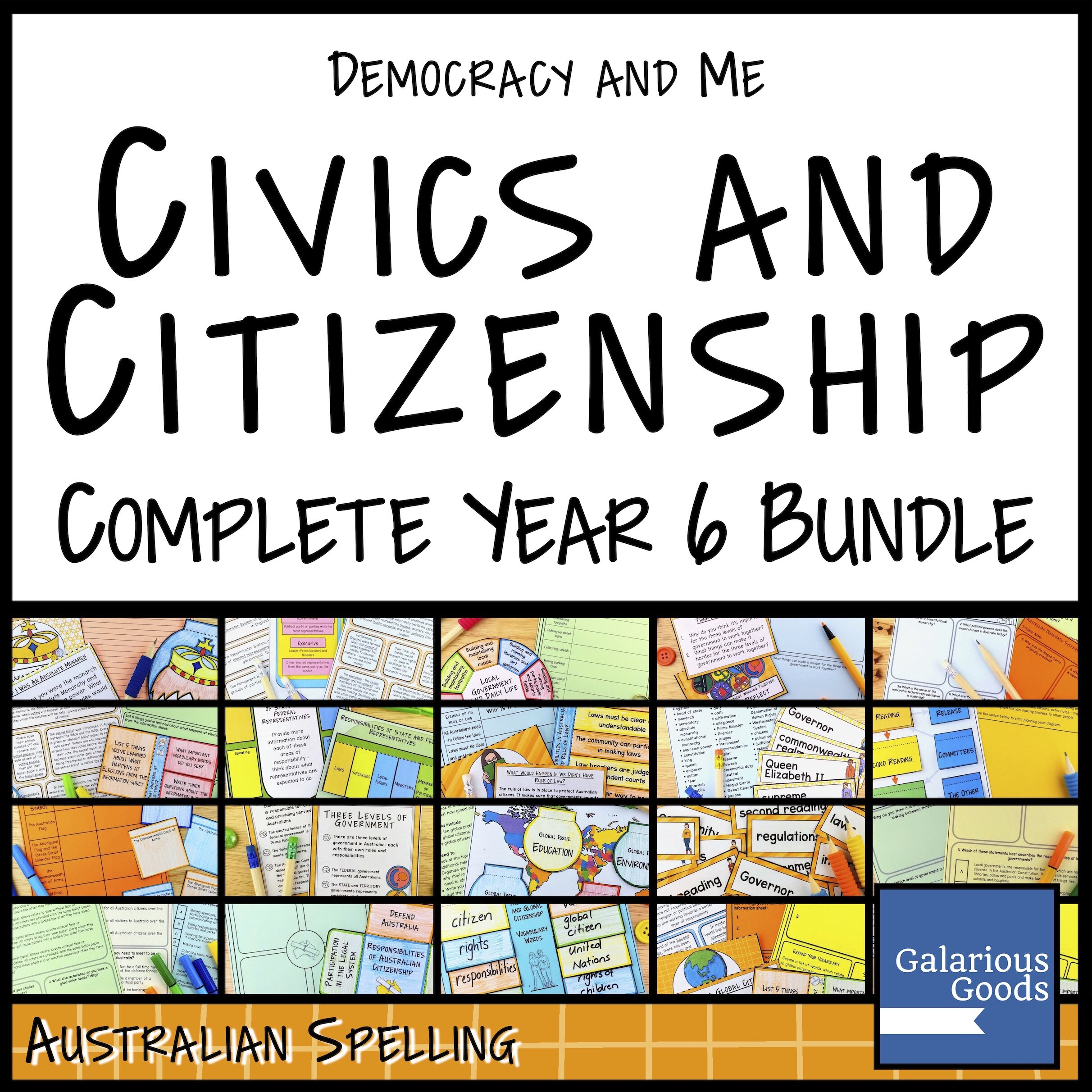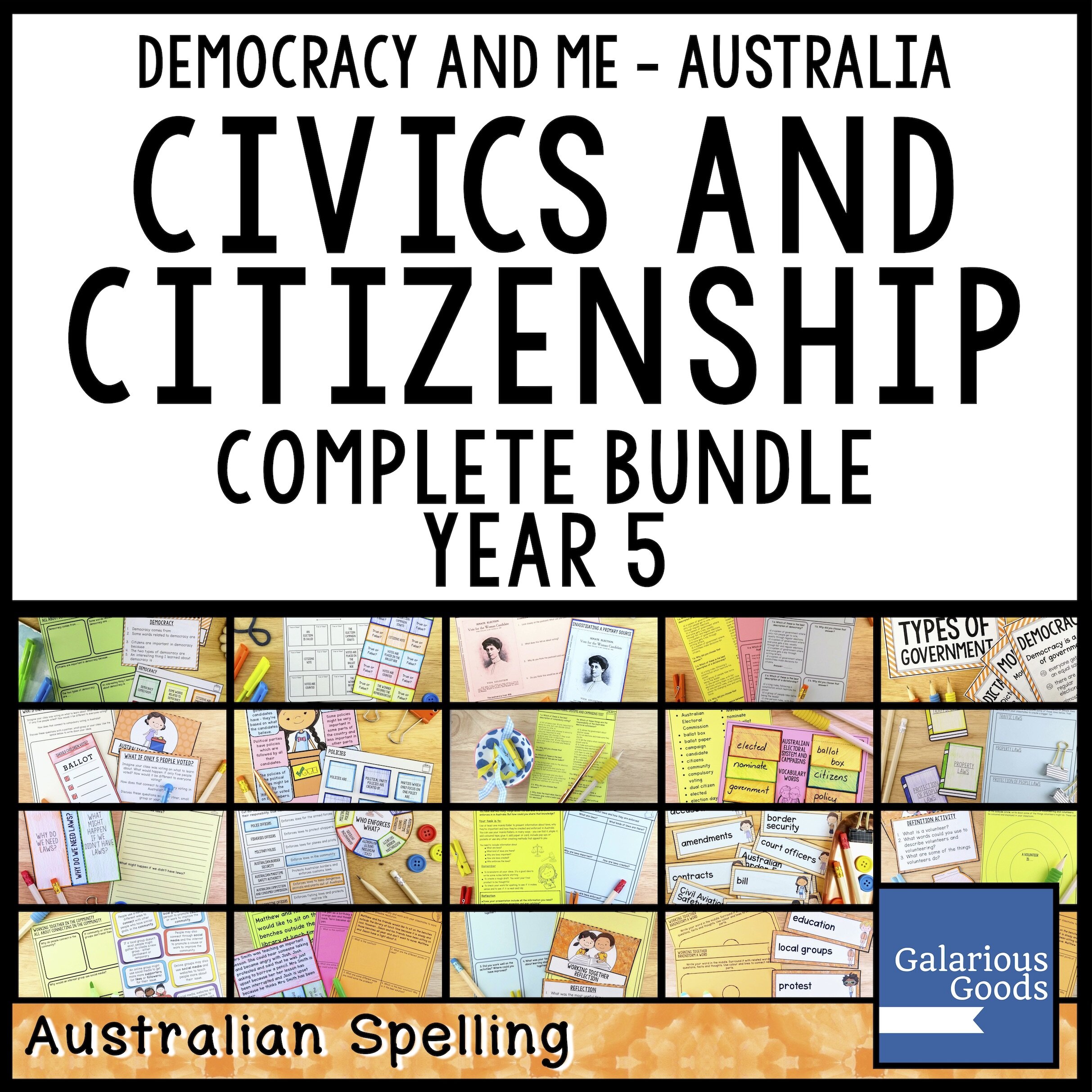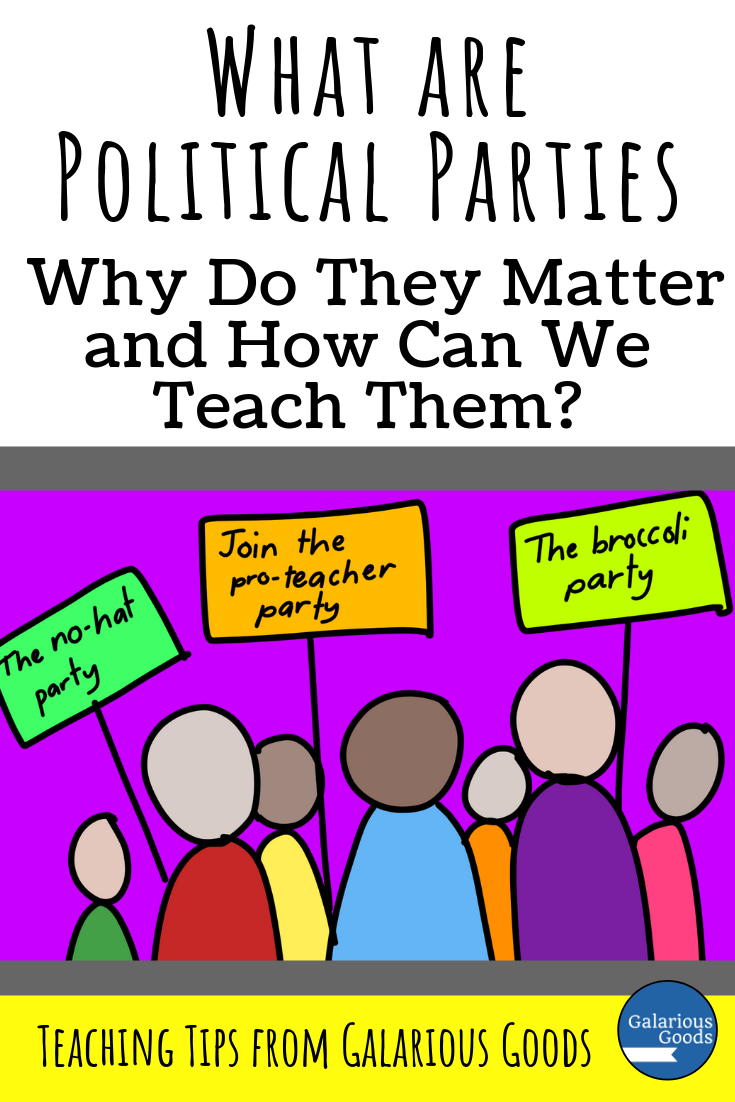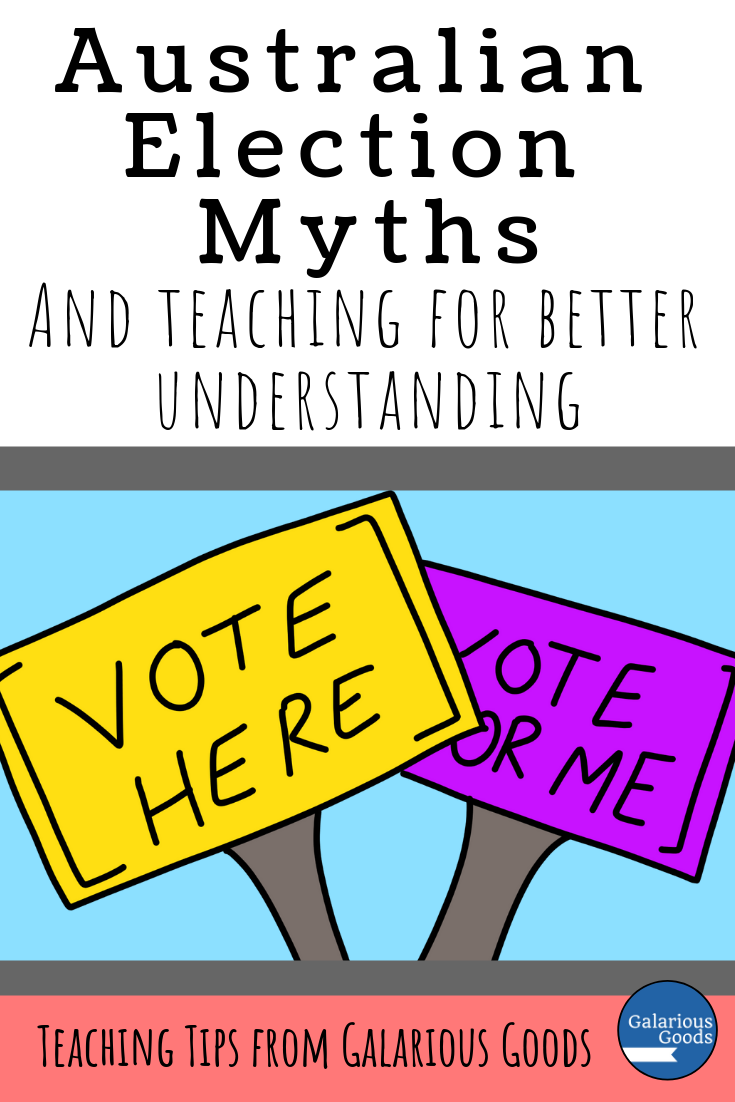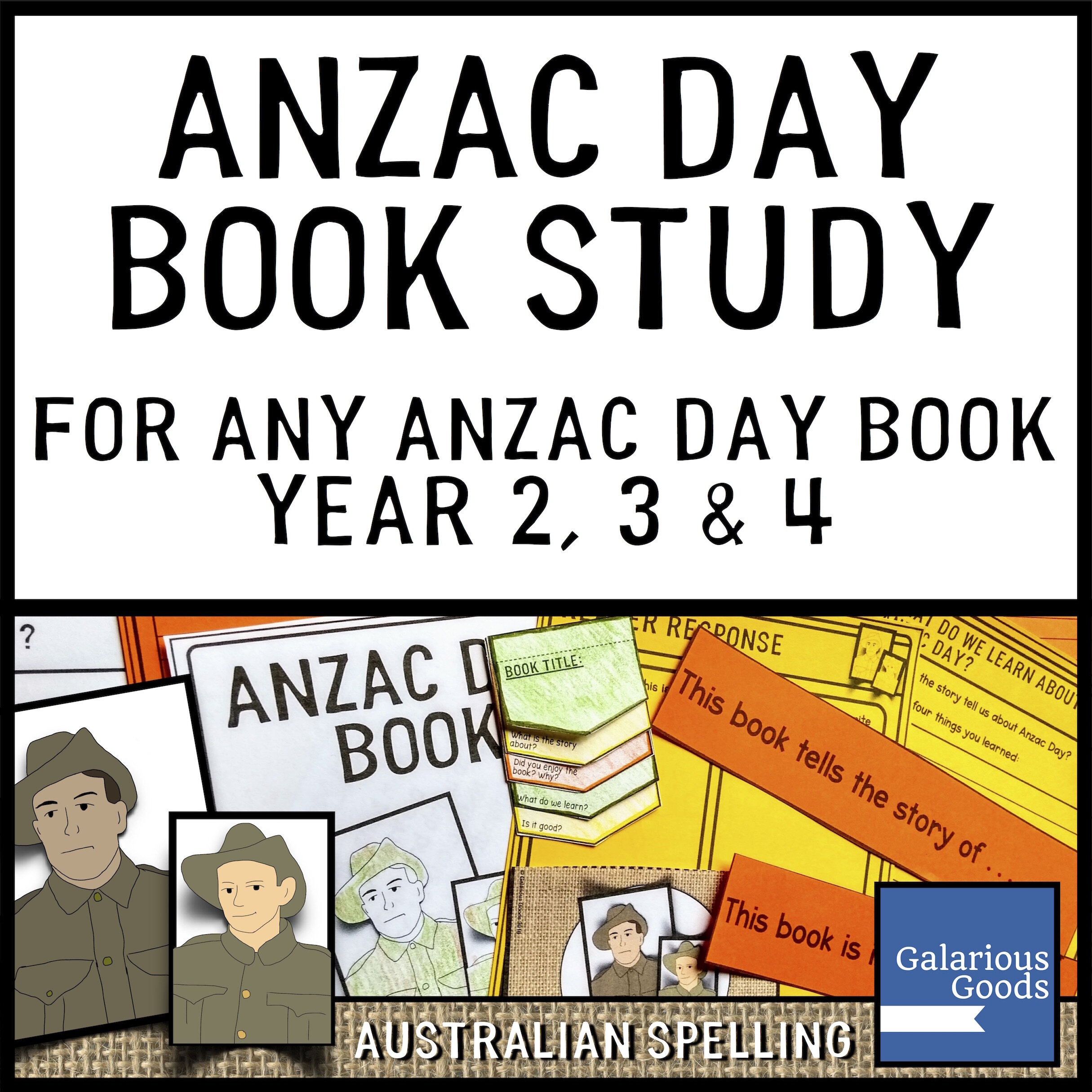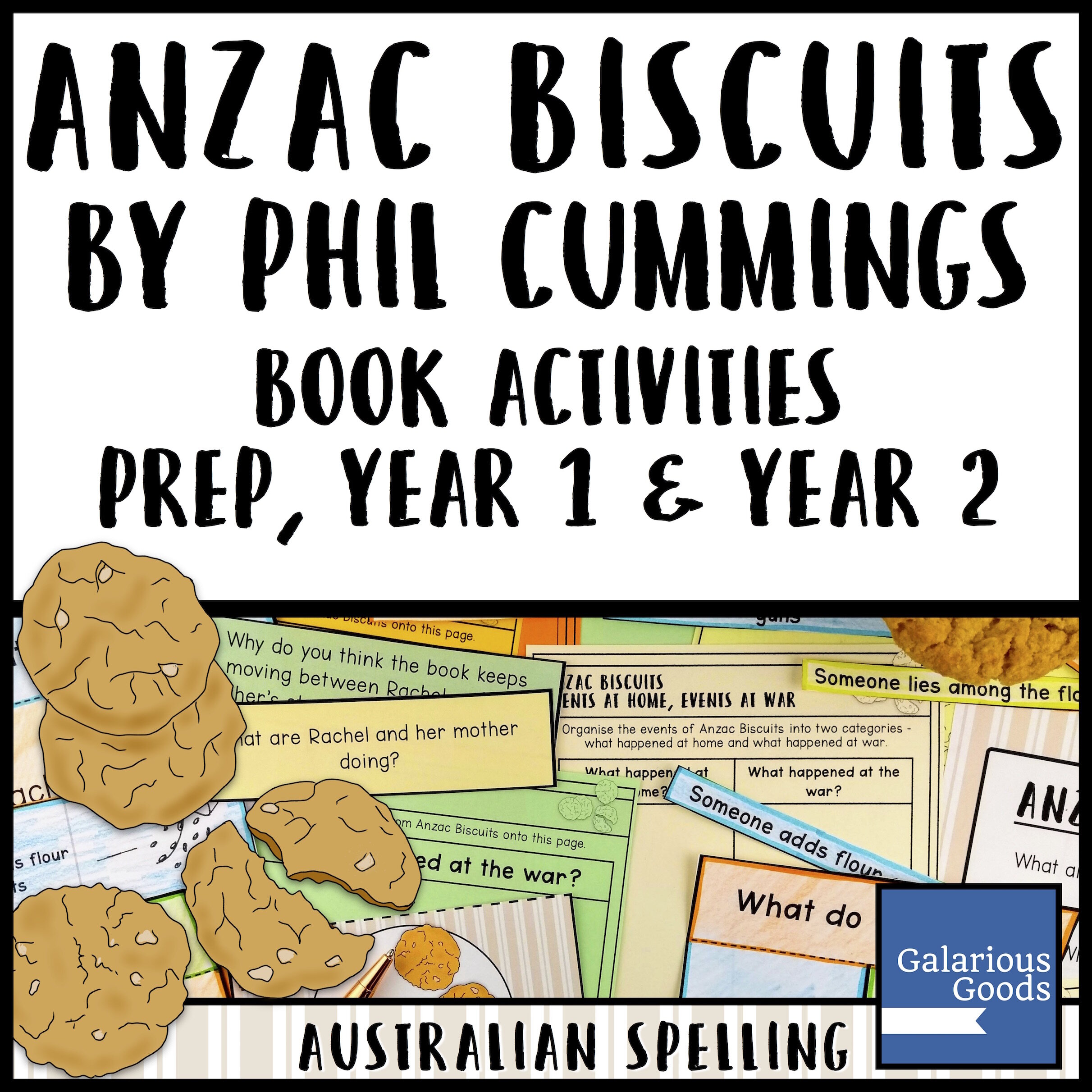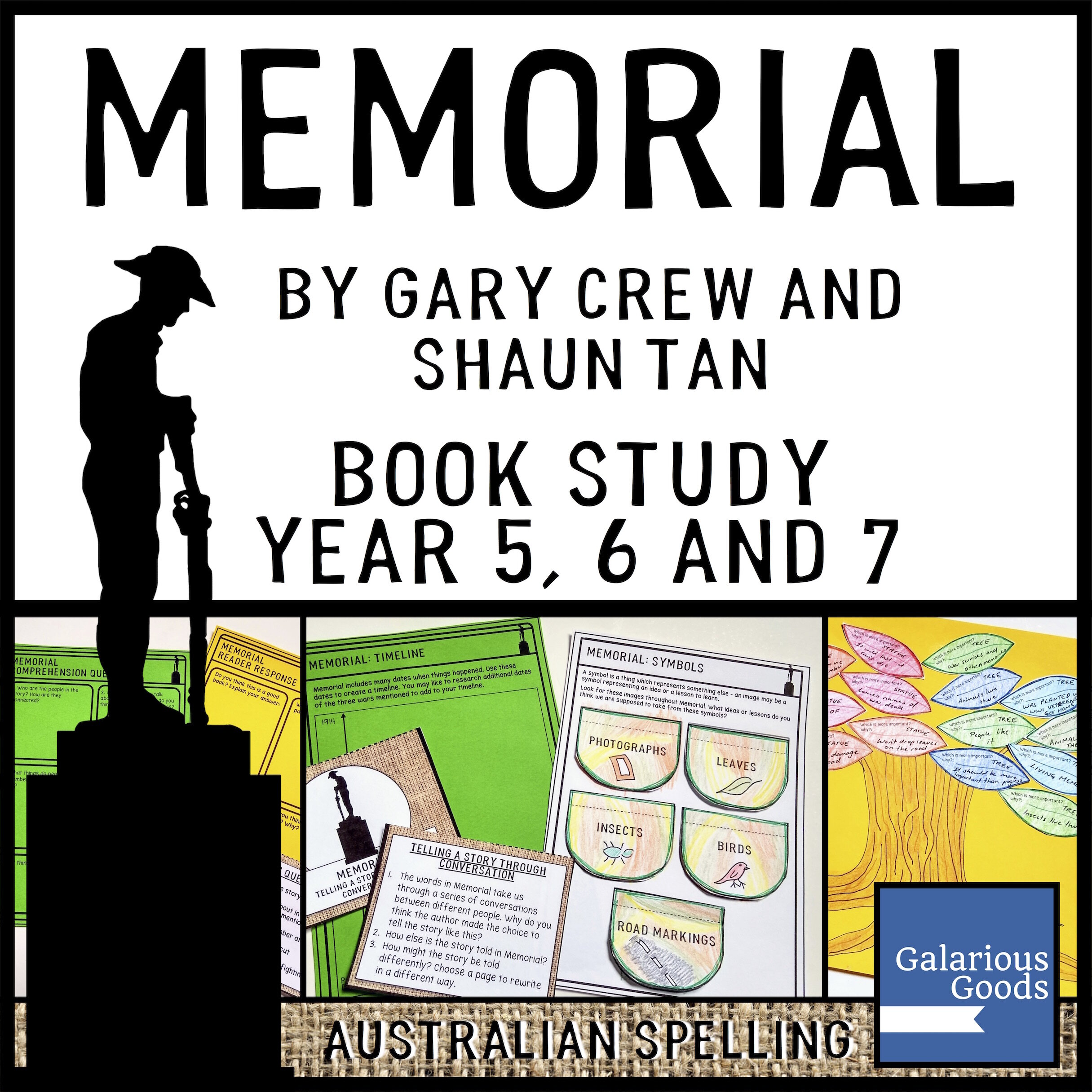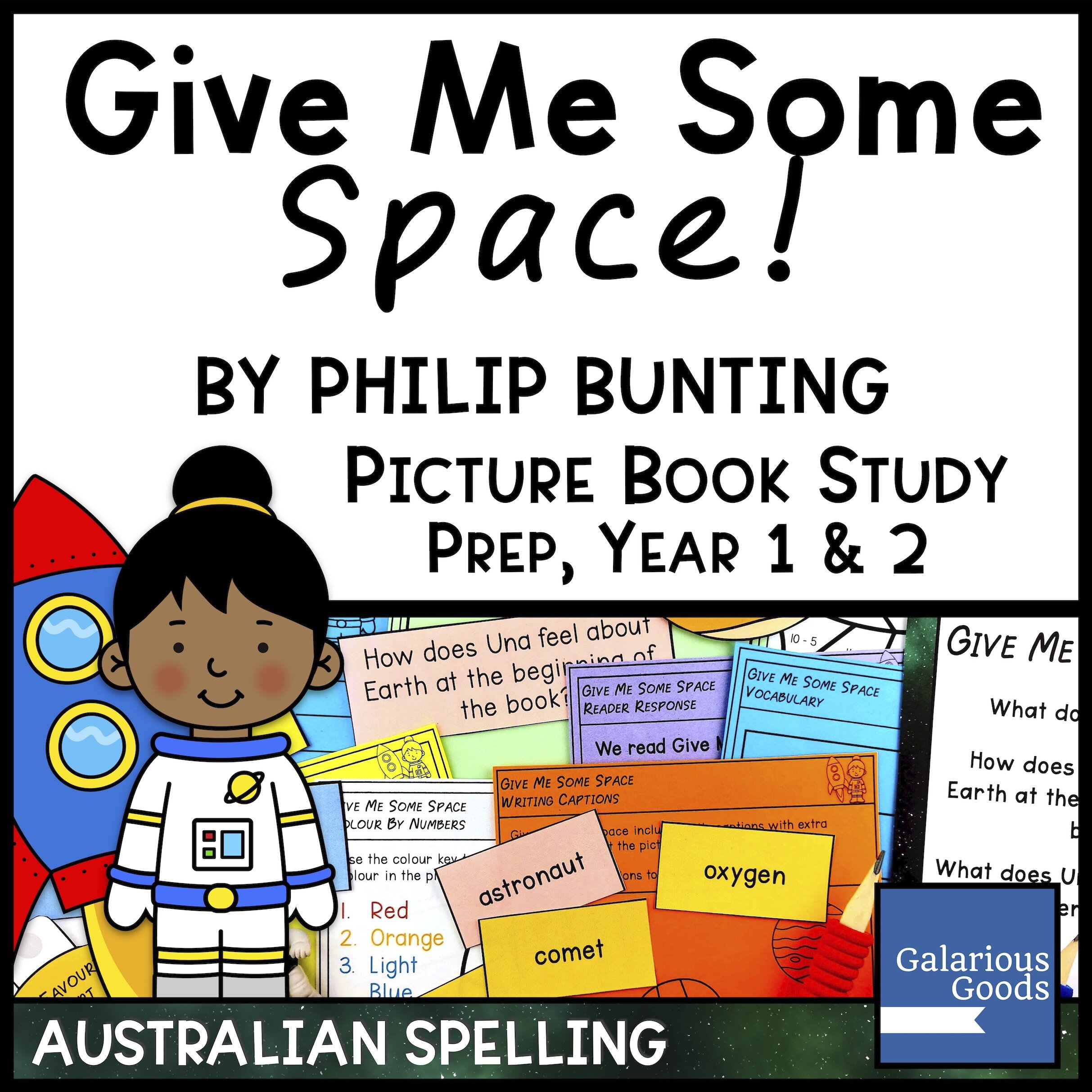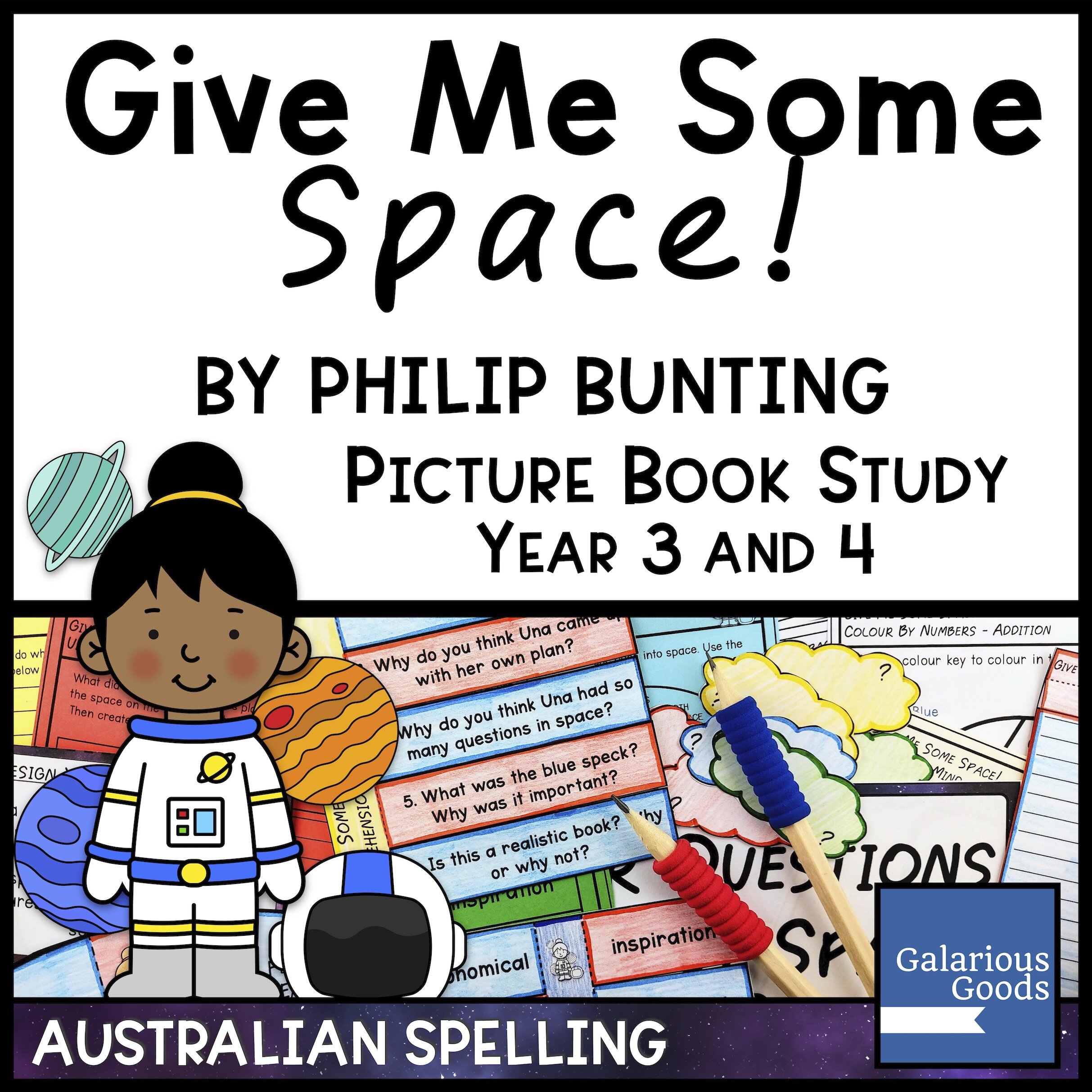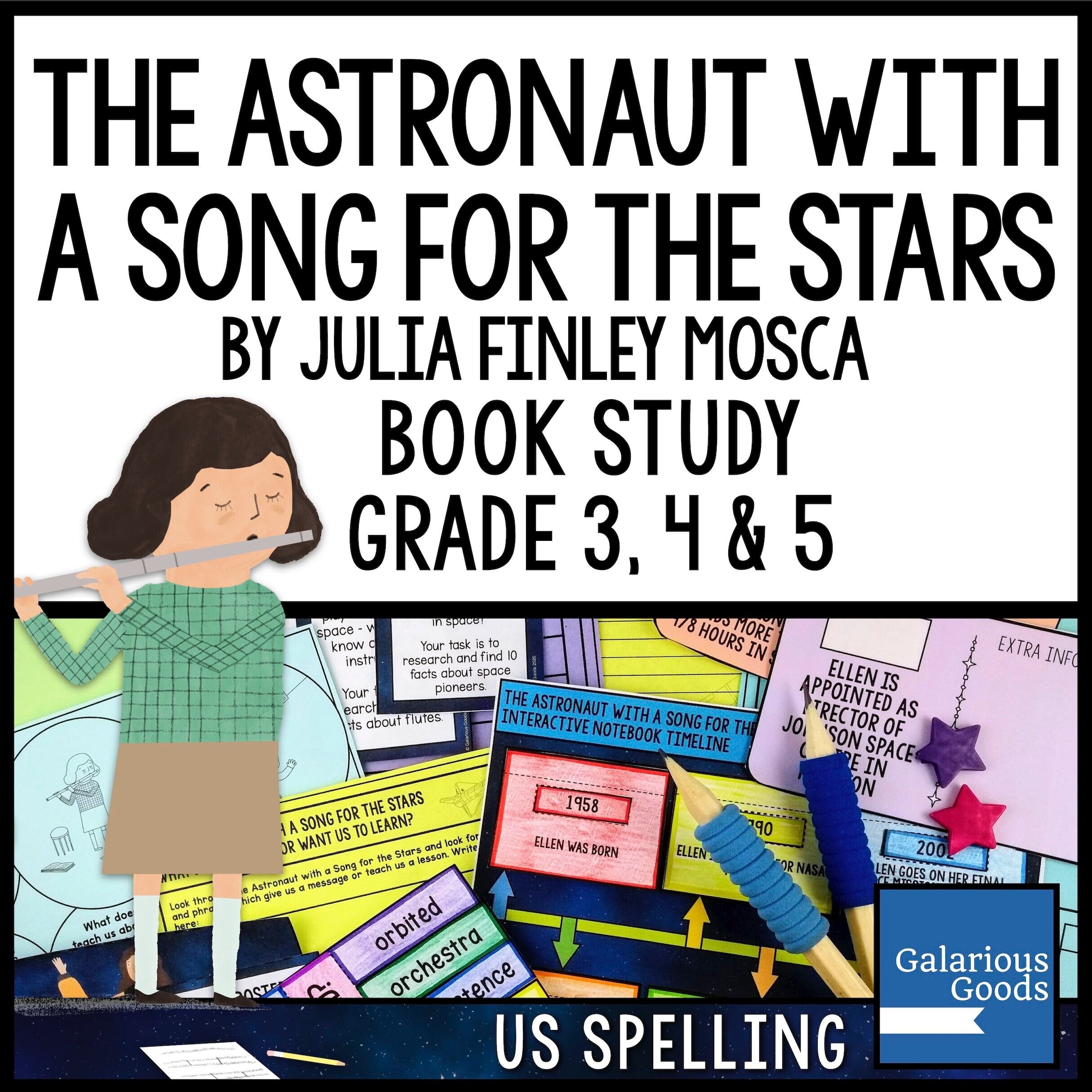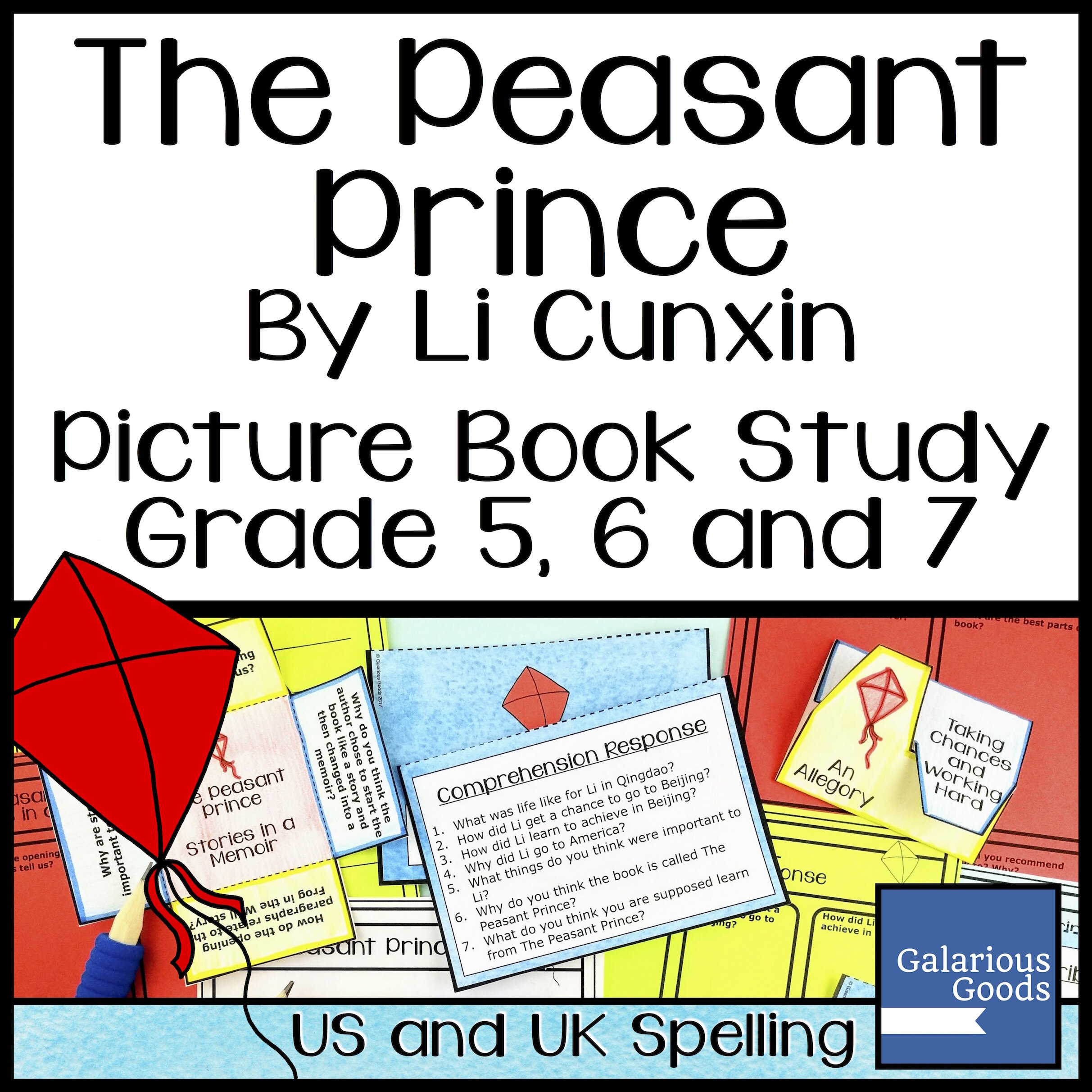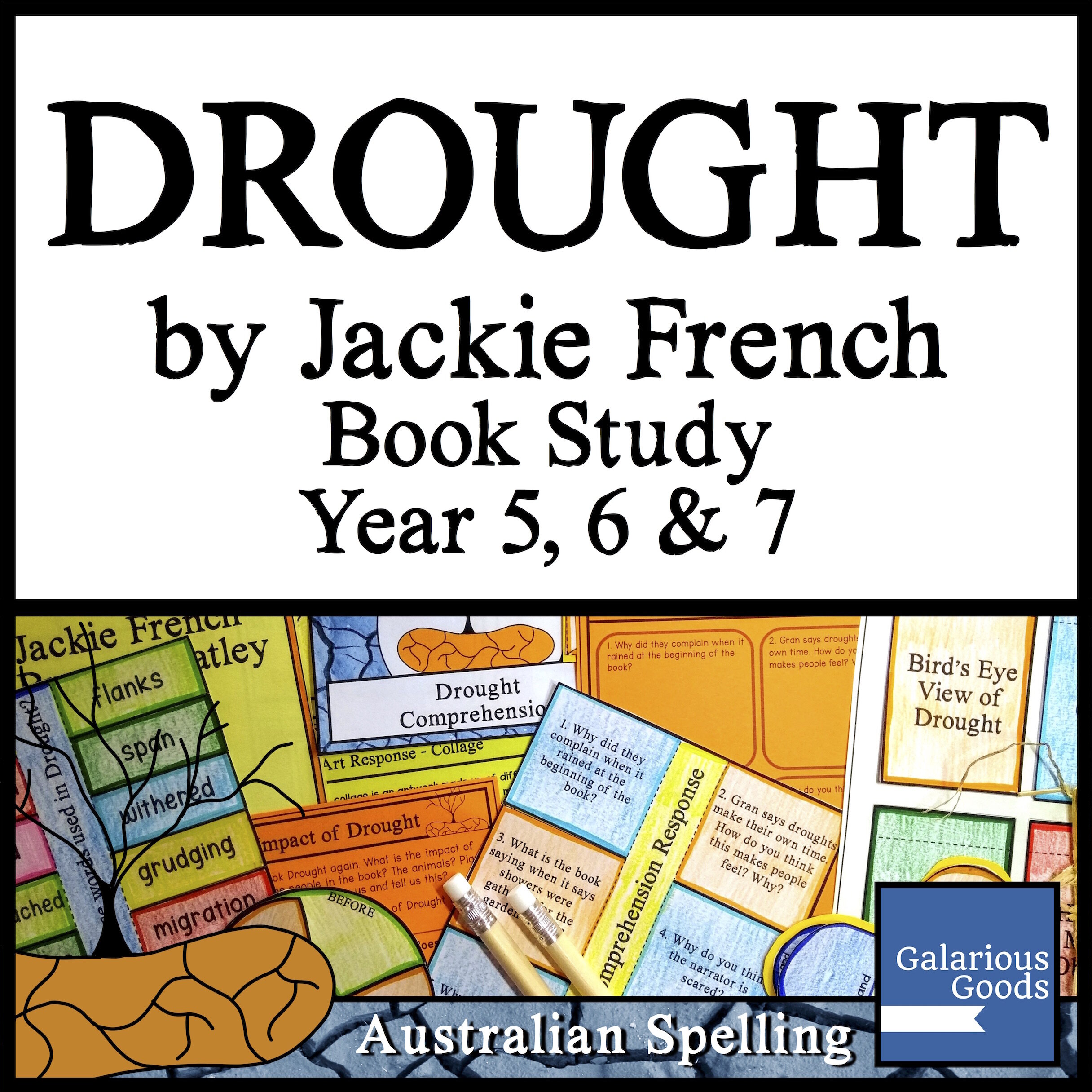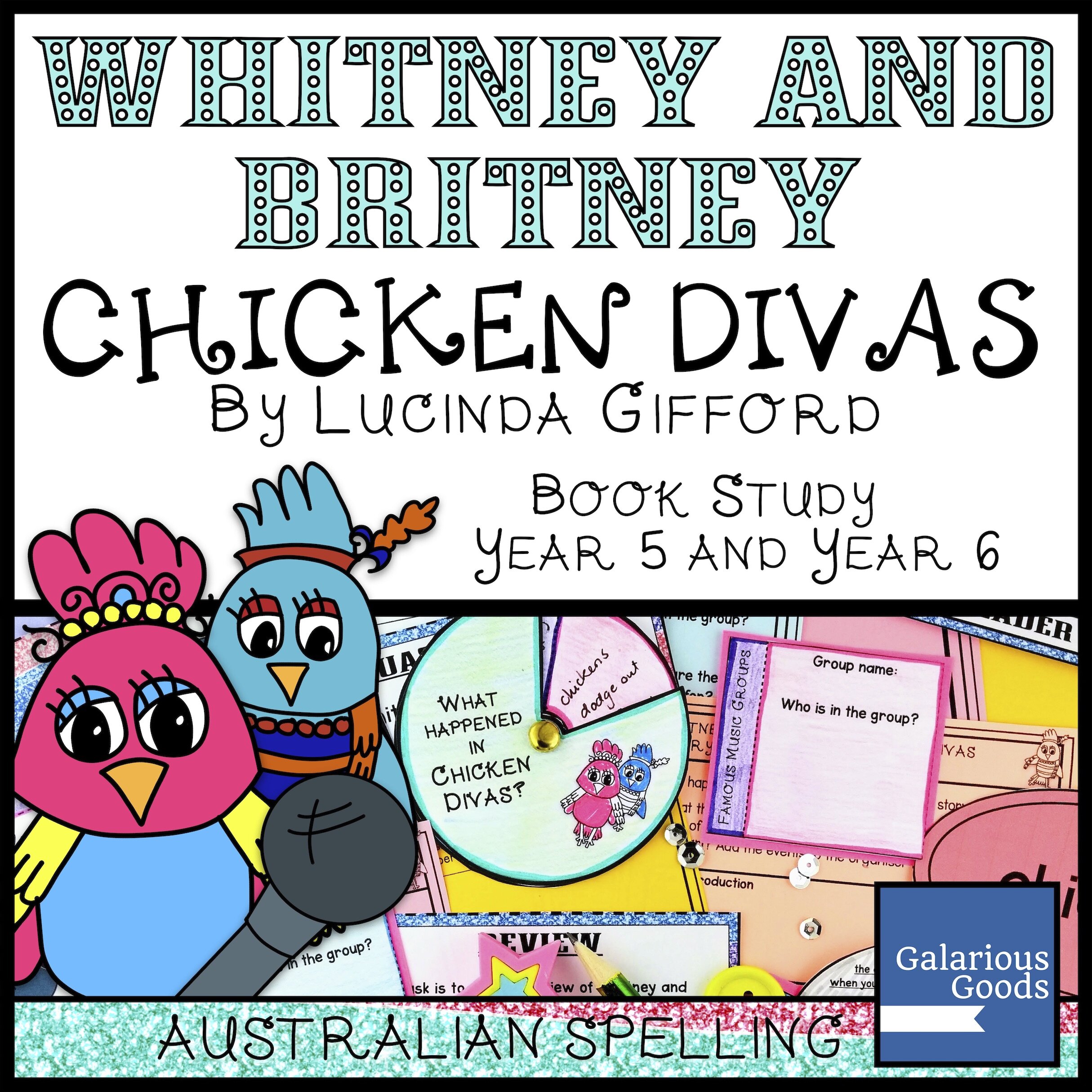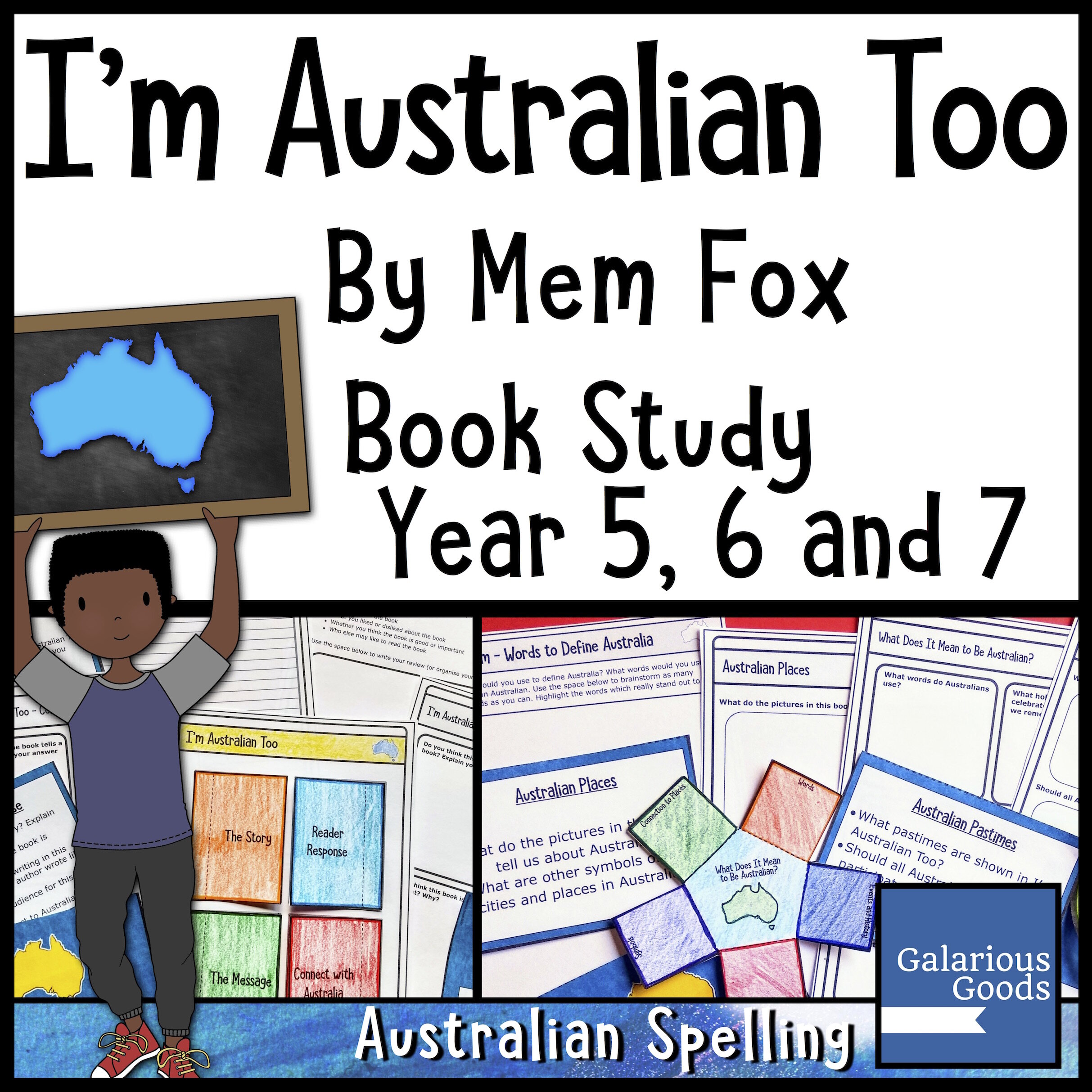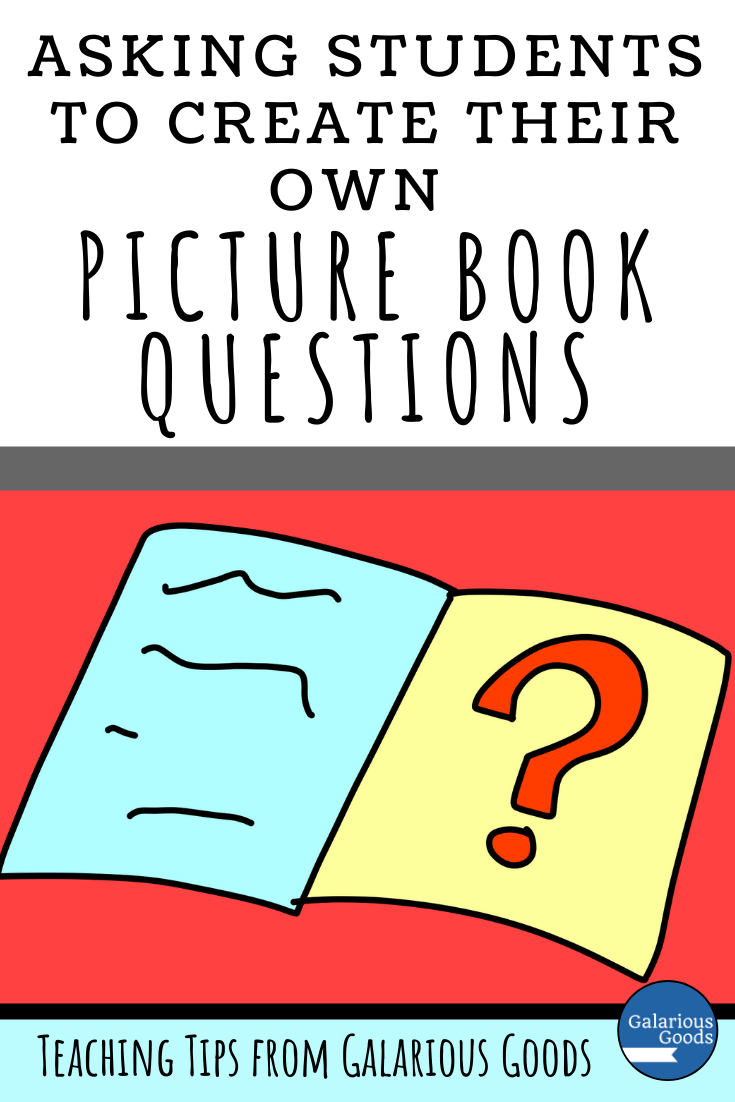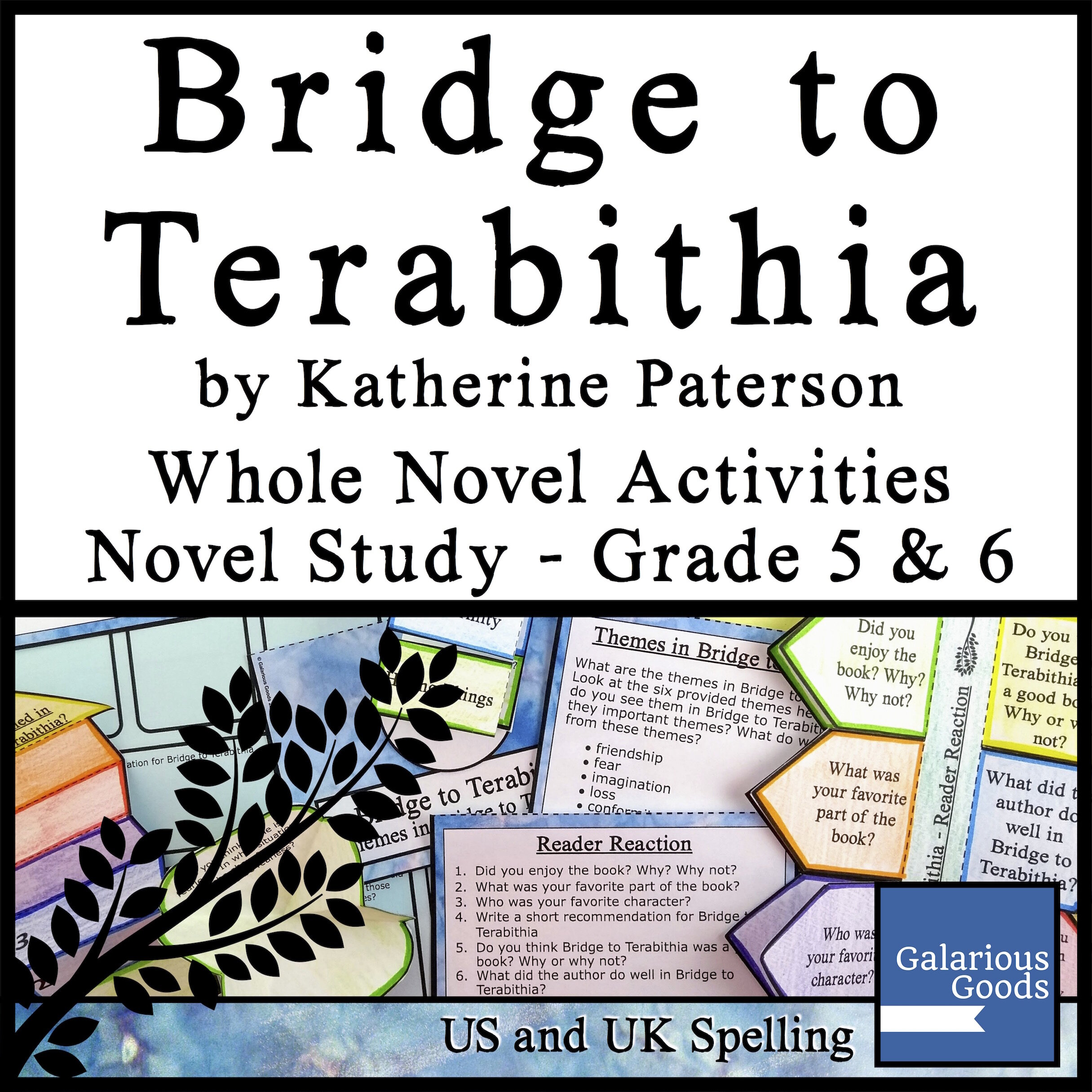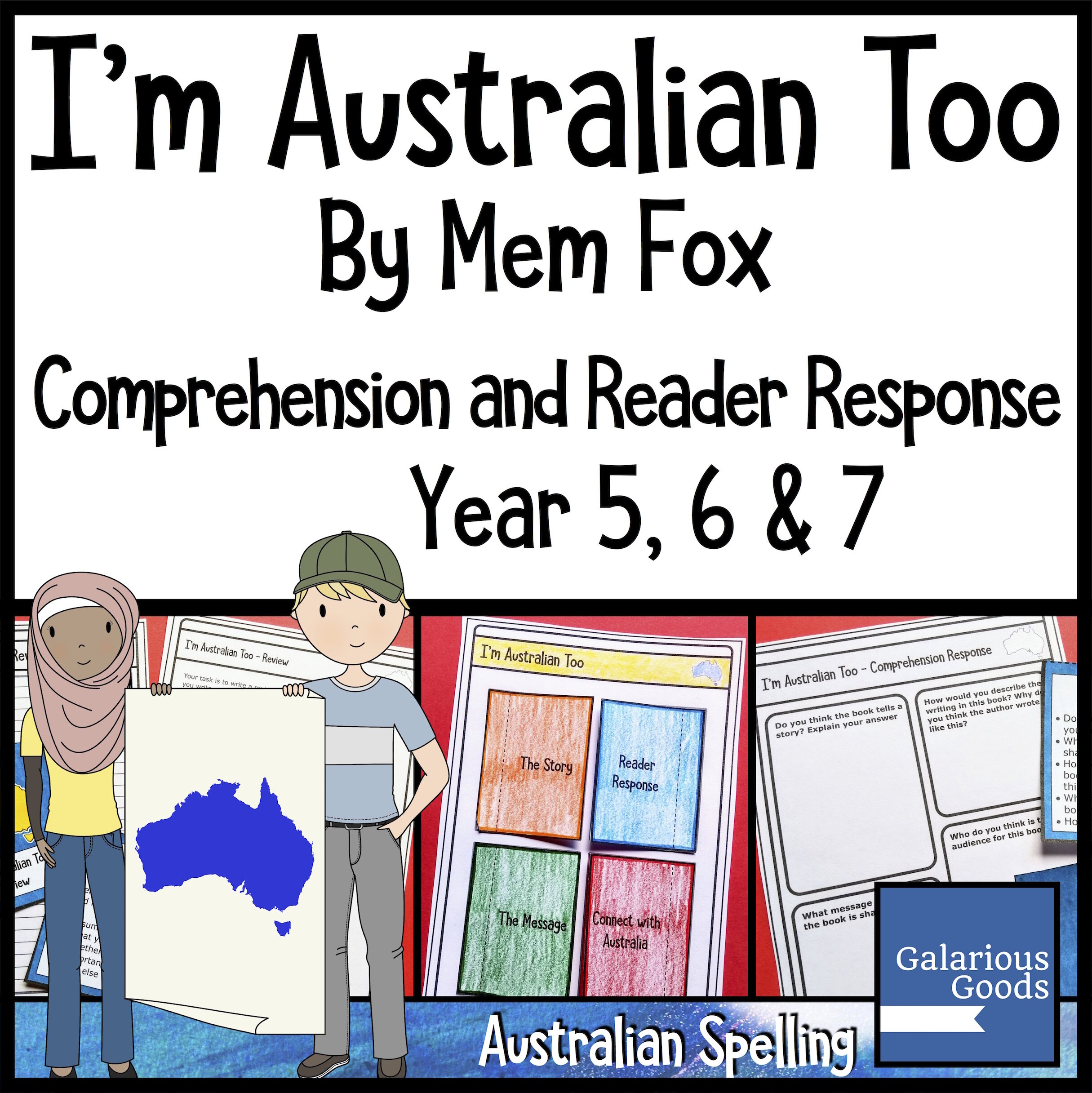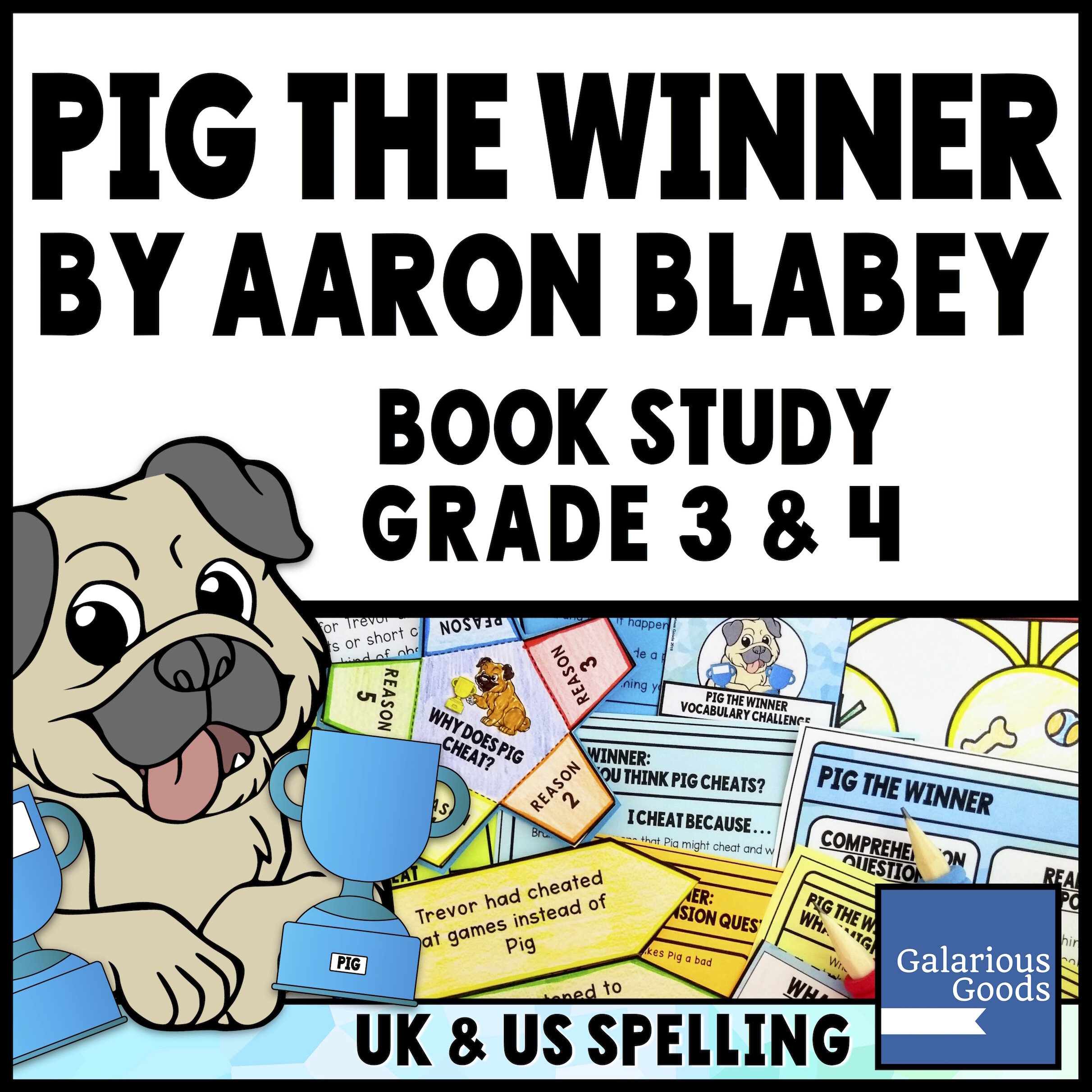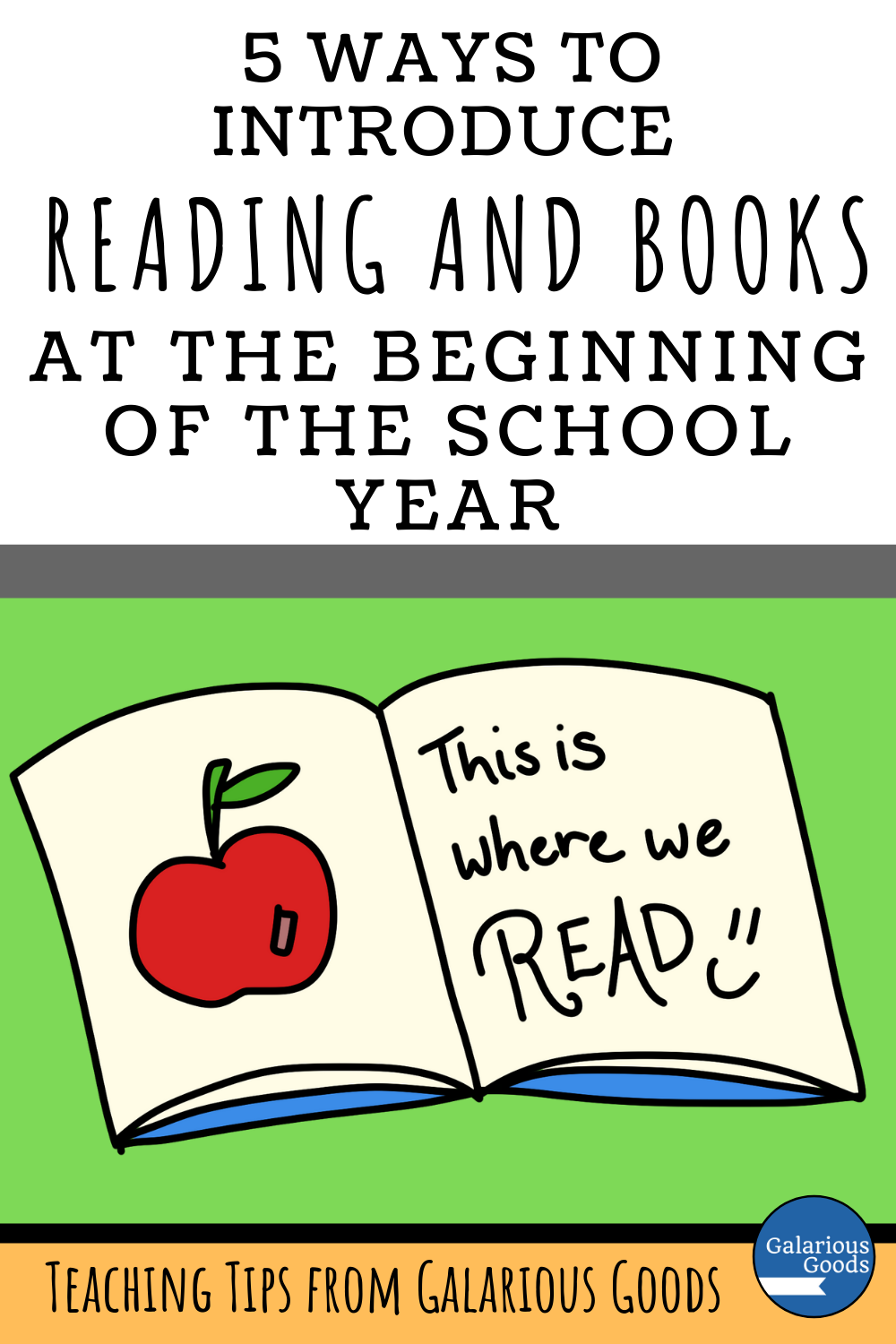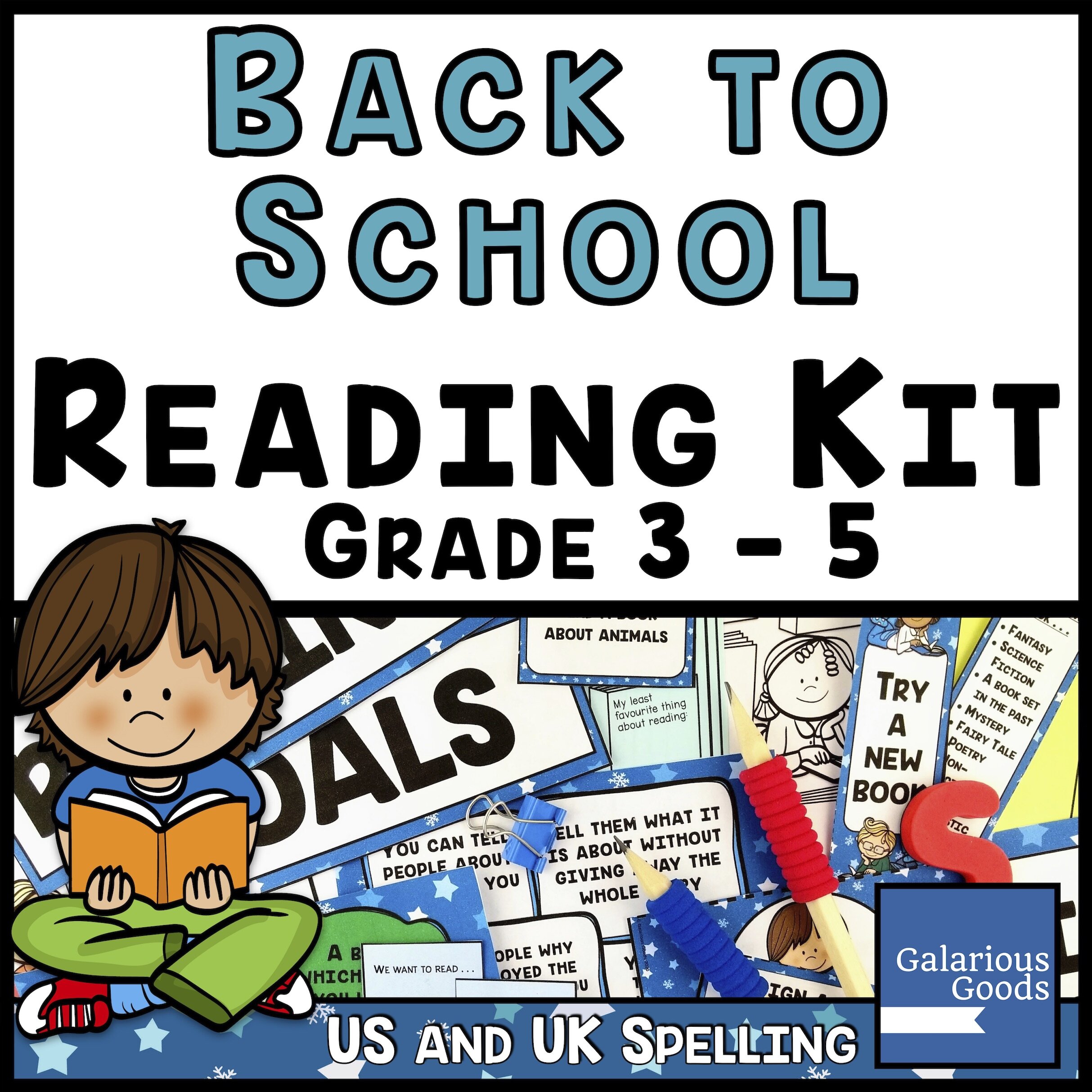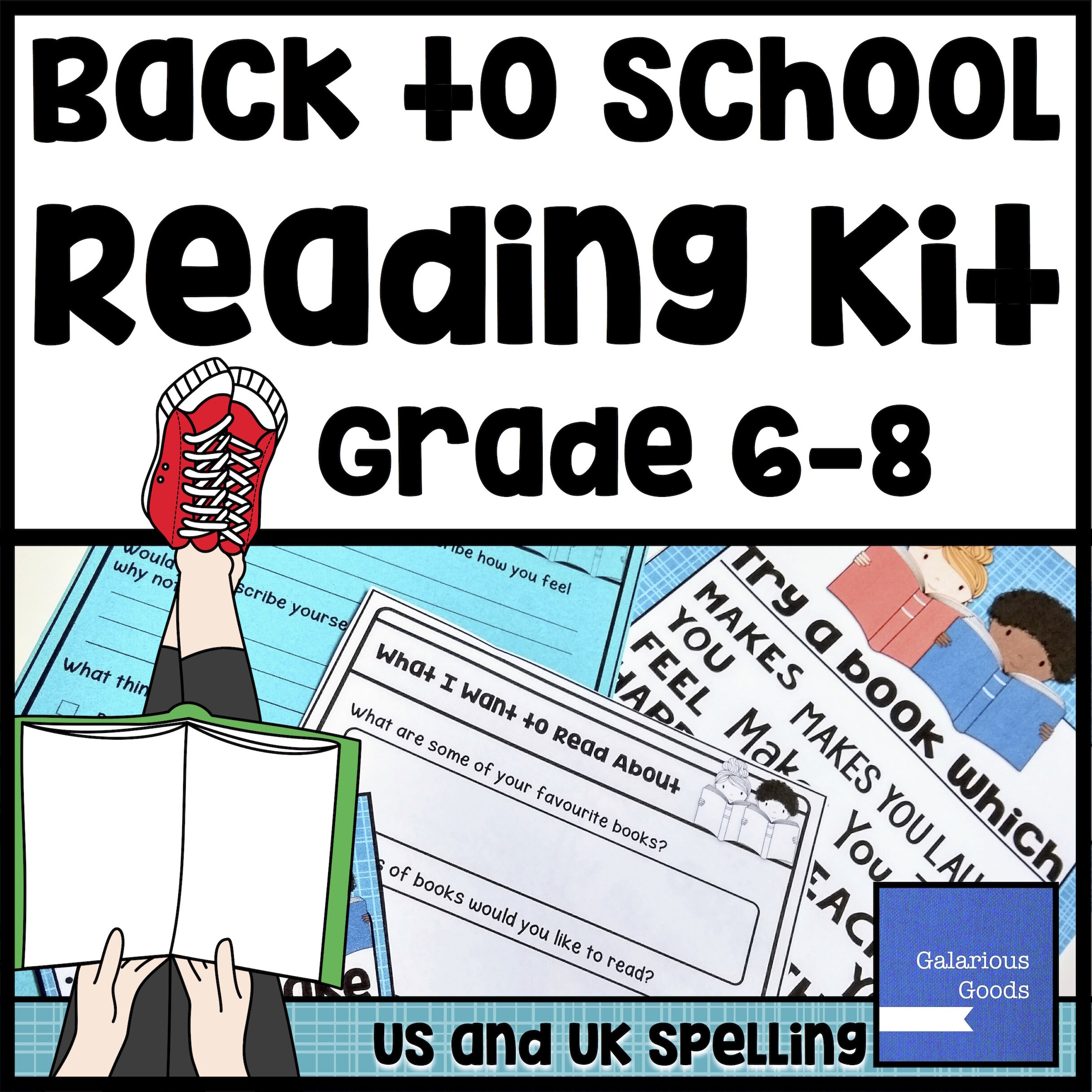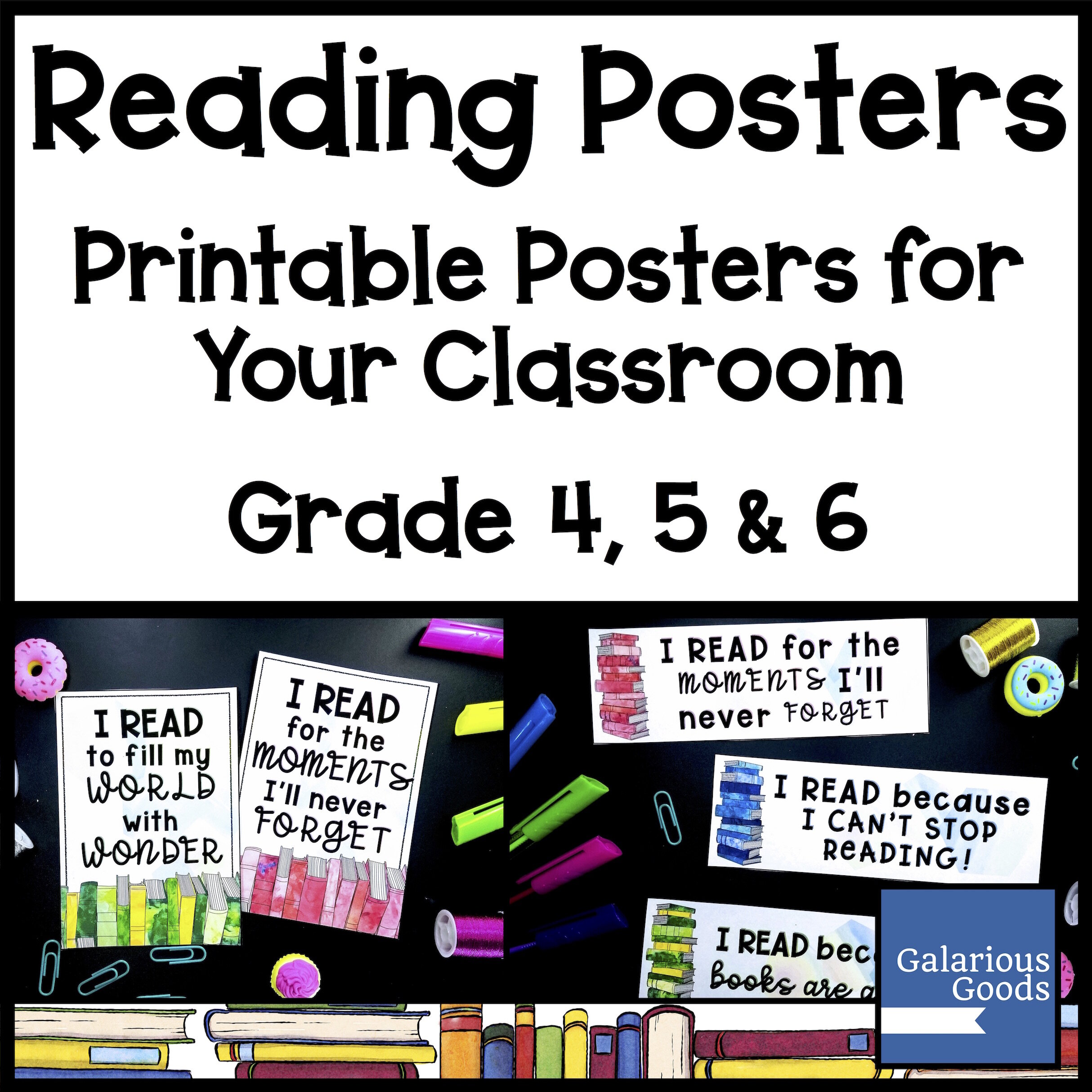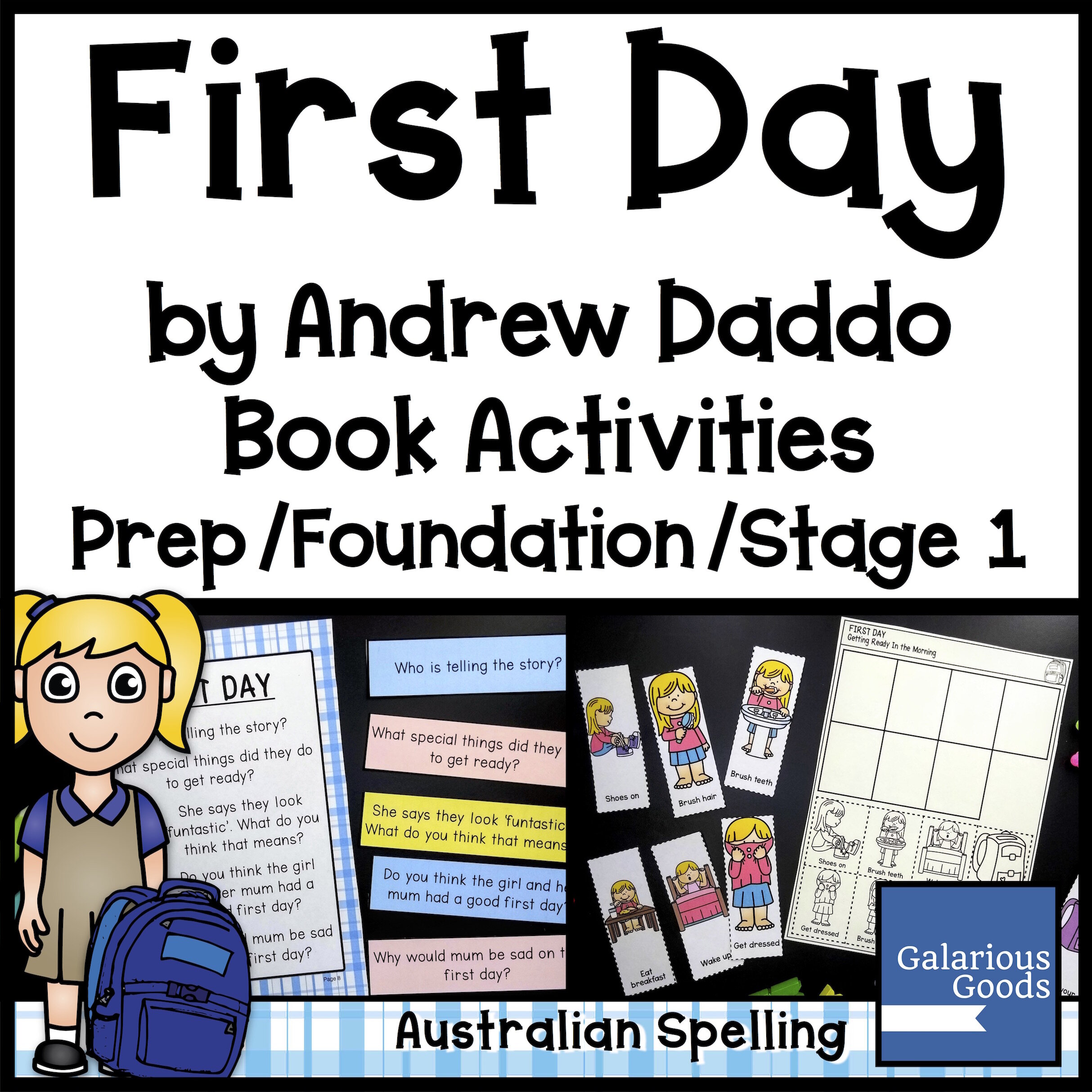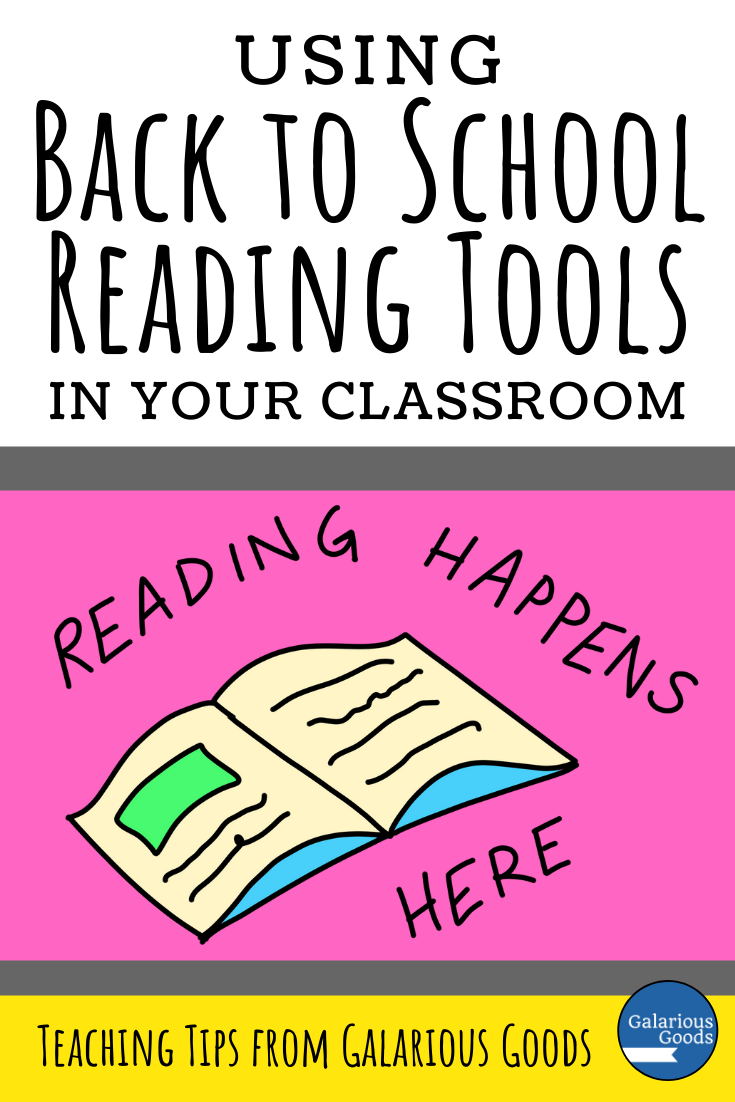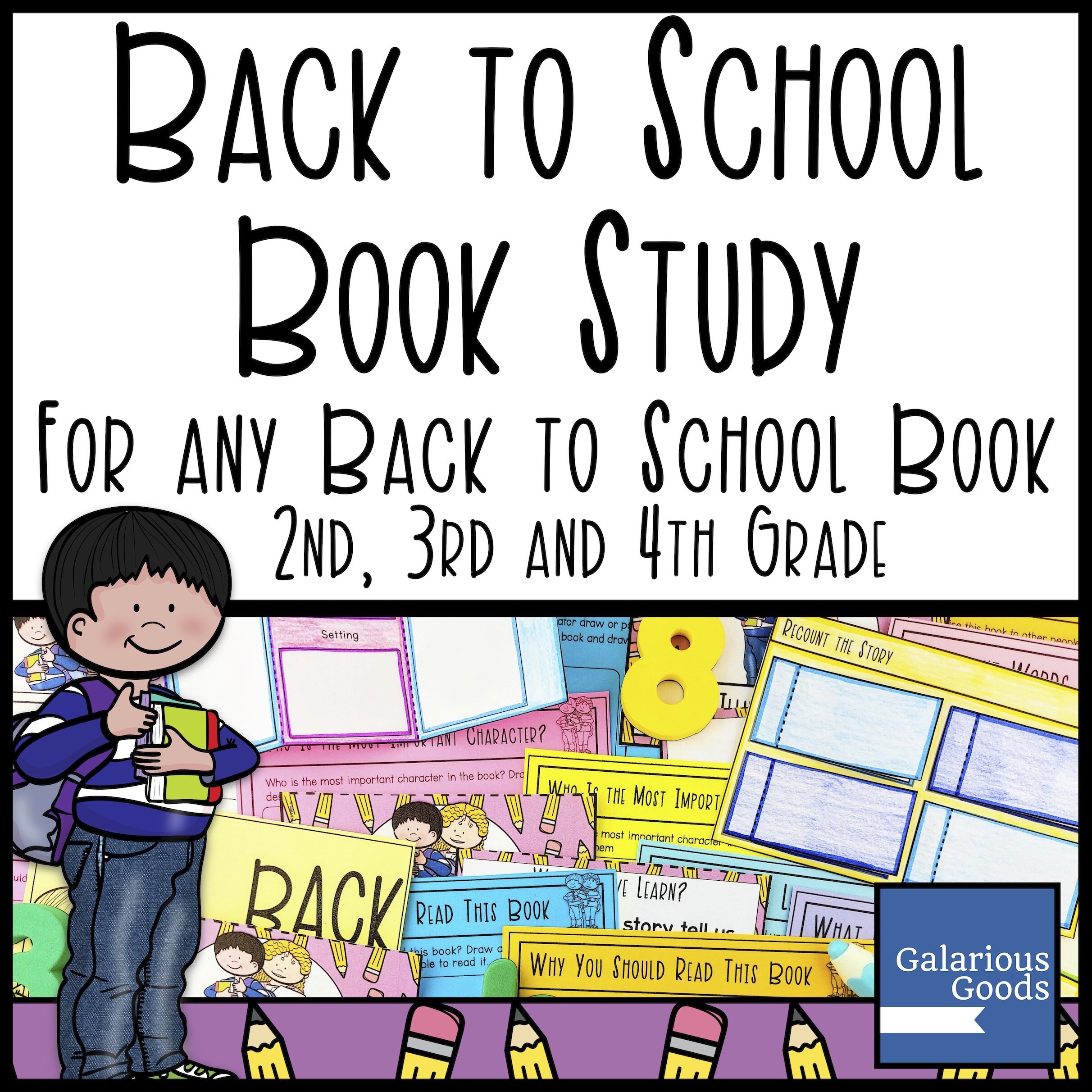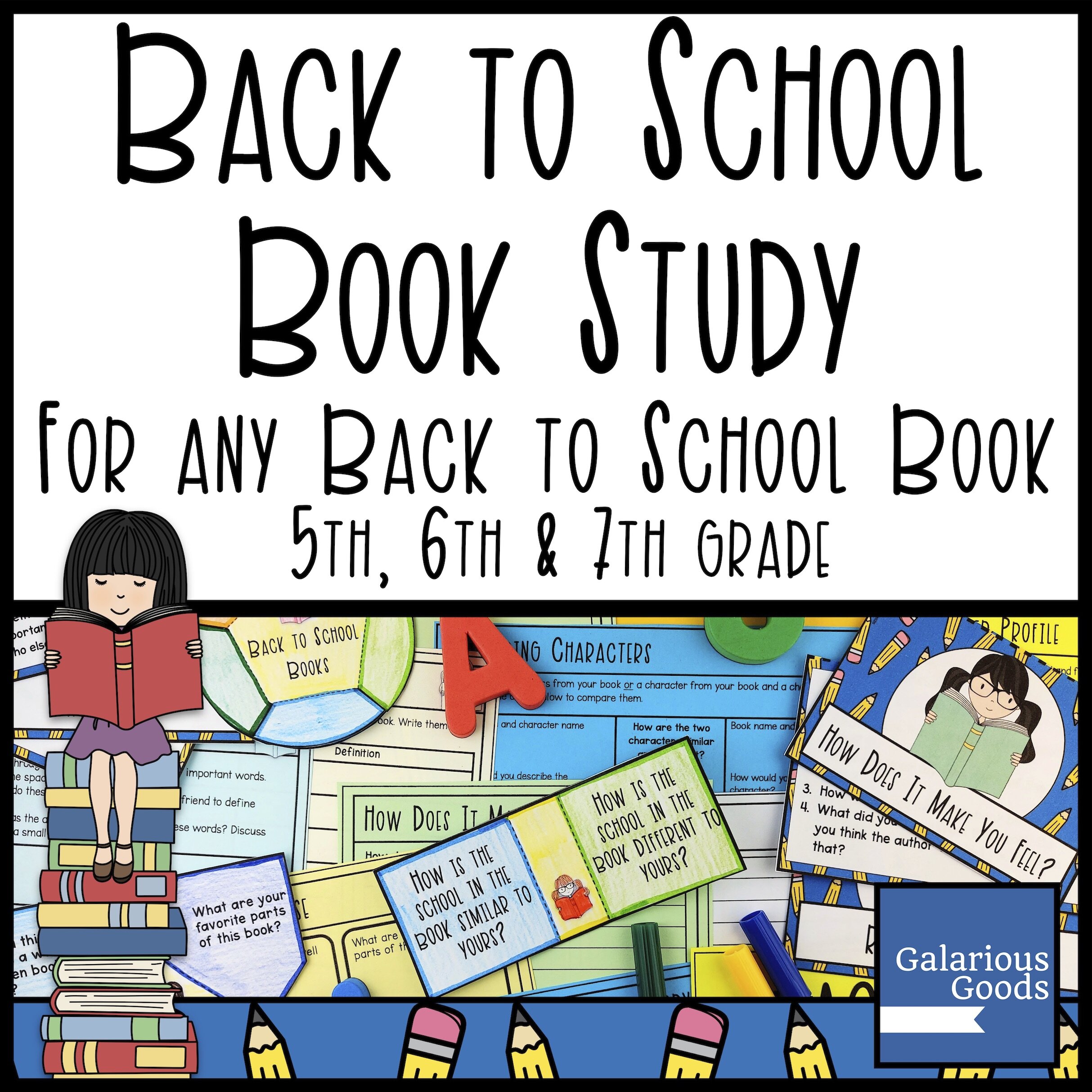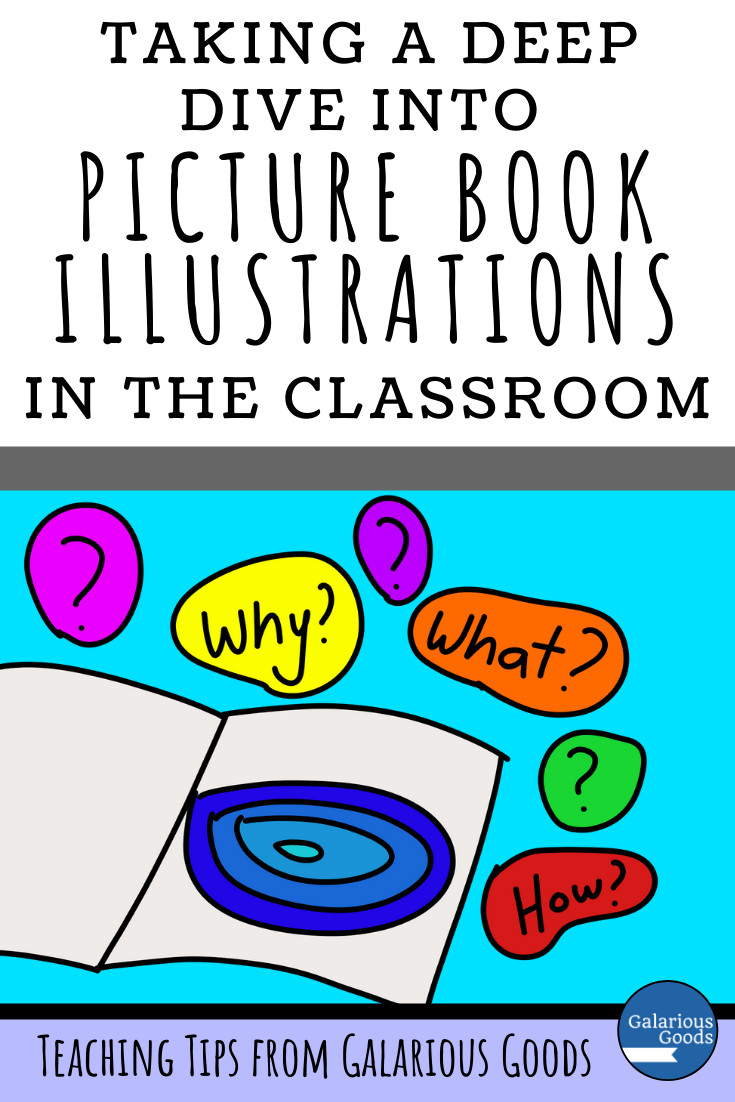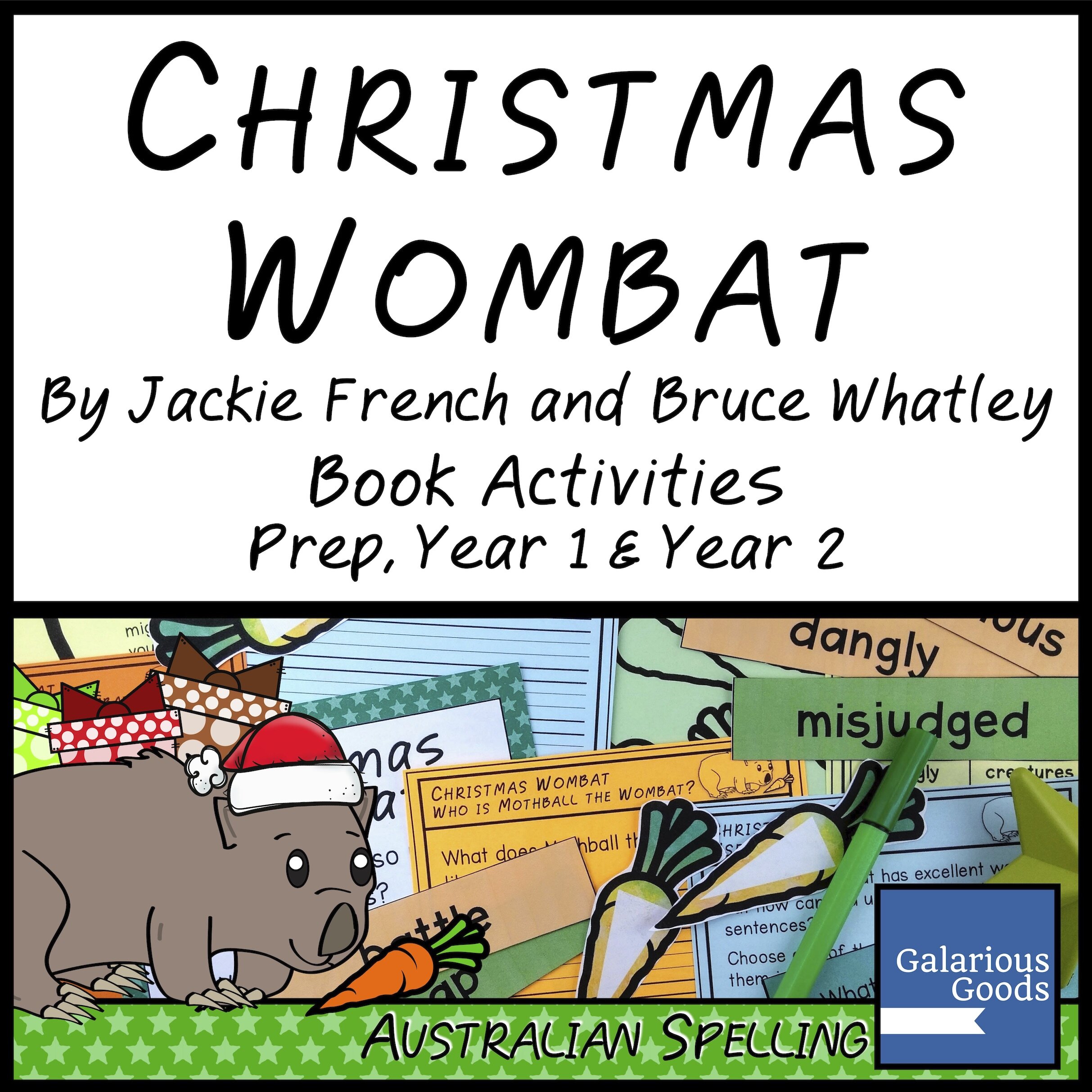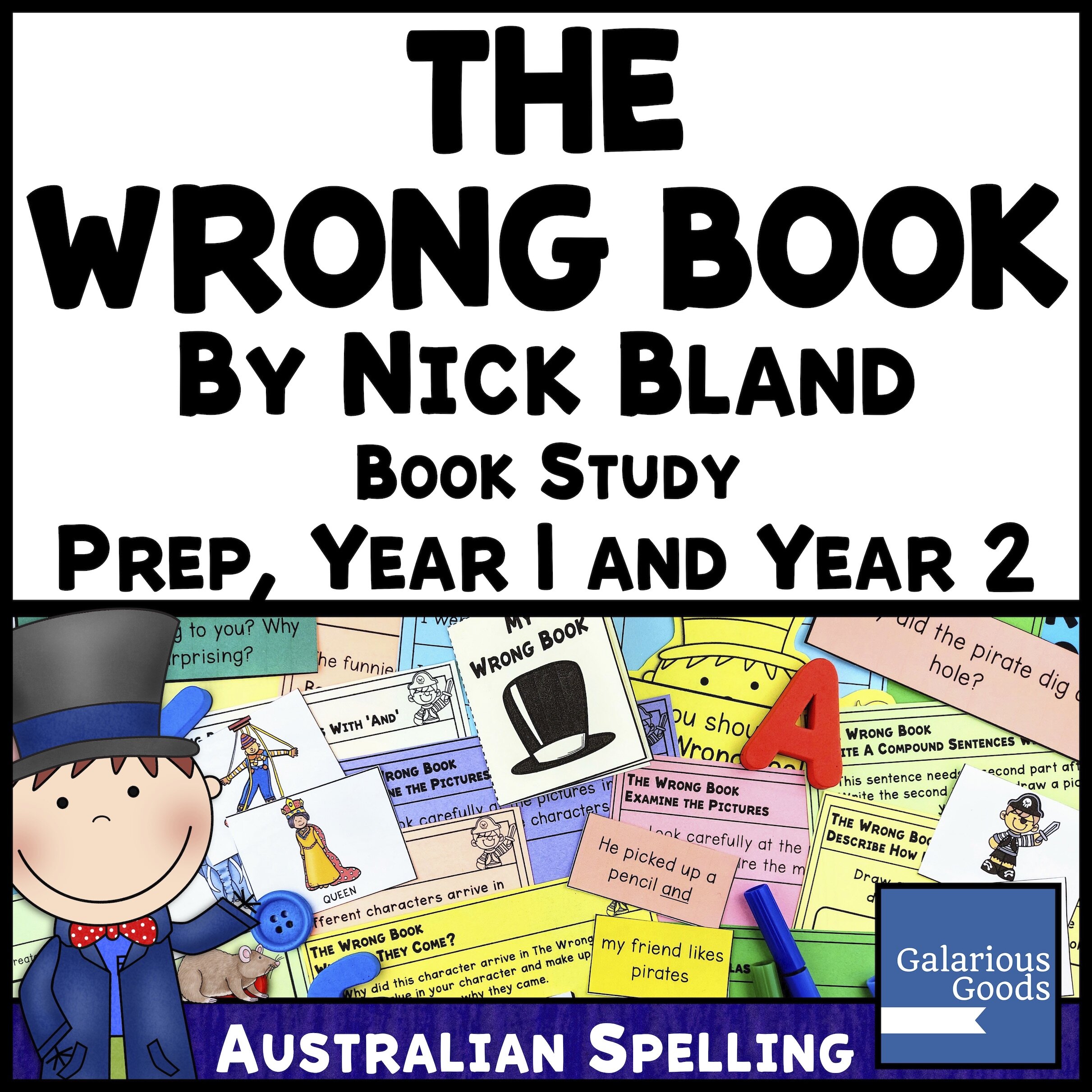4 Learning Activities for Thelma the Unicorn
/Thelma the Unicorn by Aaron Blabey is definitely one of my favourite books. Afterall, how could you not be in love with the little horse who becomes an internationally famous unicorn?
As well as being a fabulous read, Thelma the Unicorn is perfect to use in the classroom - filled with themes to explore and potential activities to share. Here’s four learning activities for Thelma the Unicorn which you can use in your classroom today.
1. Explore Disguises
Thelma uses a disguise to become a unicorn - tying a carrot to her nose before having a run in with some glitter and paint. This disguise is enough to convince everyone that she is an actual unicorn. When it gets too hard to be a unicorn and she needs to return to her old life, she washes away her disguise and no one recognises her at all.
Disguises are a great topic to explore in the classroom. Students can examine why you might need a disguise as part of a job or why people might like to get dressed up in a disguise. They can research different ways of disguising people - and some of the technology behind that. They can also engage in an activity to design - or create - their own disguise.
Students can also connect disguises with the secret identities of superheroes and look at how they disguise themselves. Students might like to engage in an activity to create their own superhero - and their everyday secret identity.
2. Investigate Unicorn Books
Thelma the Unicorn is a brilliant unicorn themed book, but it’s not the only one out there! There’s some great unicorn books available, from the wonderful Grumpycorn to the lovely Pearl the Unicorn series with many more in between.
Looking for unicorn books is a great library activity. Students can look at different methods of finding books on different themes - from just wandering around, to asking a librarian, to using a search if it’s available.
When students have a collection of unicorn books, they can share and explore them. Students can look for similarities and differences with Thelma the Unicorn, nominate their favourite unicorn books and explain their choices, or you can set up an activity for students to create a poster or leaflet to tell other students in the school about great unicorn books.
Looking for something a little different? Don’t miss Sarah McIntyre’s tutorial on drawing Grumpycorn!
3. Examine Kindness and Bullying
Being kind is a key theme in Thelma the Unicorn - being kind to yourself, being kind to your friends - and the impact when people aren’t kind to each other. Taking a closer look at kindness - and bullying - is a great Thelma the Unicorn activity.
Students can discuss the bullying in Thelma the Unicorn and why they think Thelma experienced this bullying. This might lead to discussions about whether you can bully someone who is famous and what it means to be famous. Students can take this further by exploring what bullying looks like and what they can do if they or someone they know is bullied.
Students may also like to look at what Otis does and why he is a good friend to Thelma. They might like to list his qualities as a friend (and where you see them in the text) and think about how they can demonstrate these good qualities at school.
4. Write a Fan Letter to Thelma
When Thelma is famous, she receives attention from all around the world. One way famous people get attention is through fan mail. This is a wonderful writing activity for students, even young students who are learning to read (they can combine writing and drawing in their letter).
Through writing a fan letter to Thelma, students can explore the techniques of letter writing as well as thinking about what they might say if they were a fan of Thelma. This might be something they do individually or you can work as a class to brainstorm ideas or even craft the letter together.



